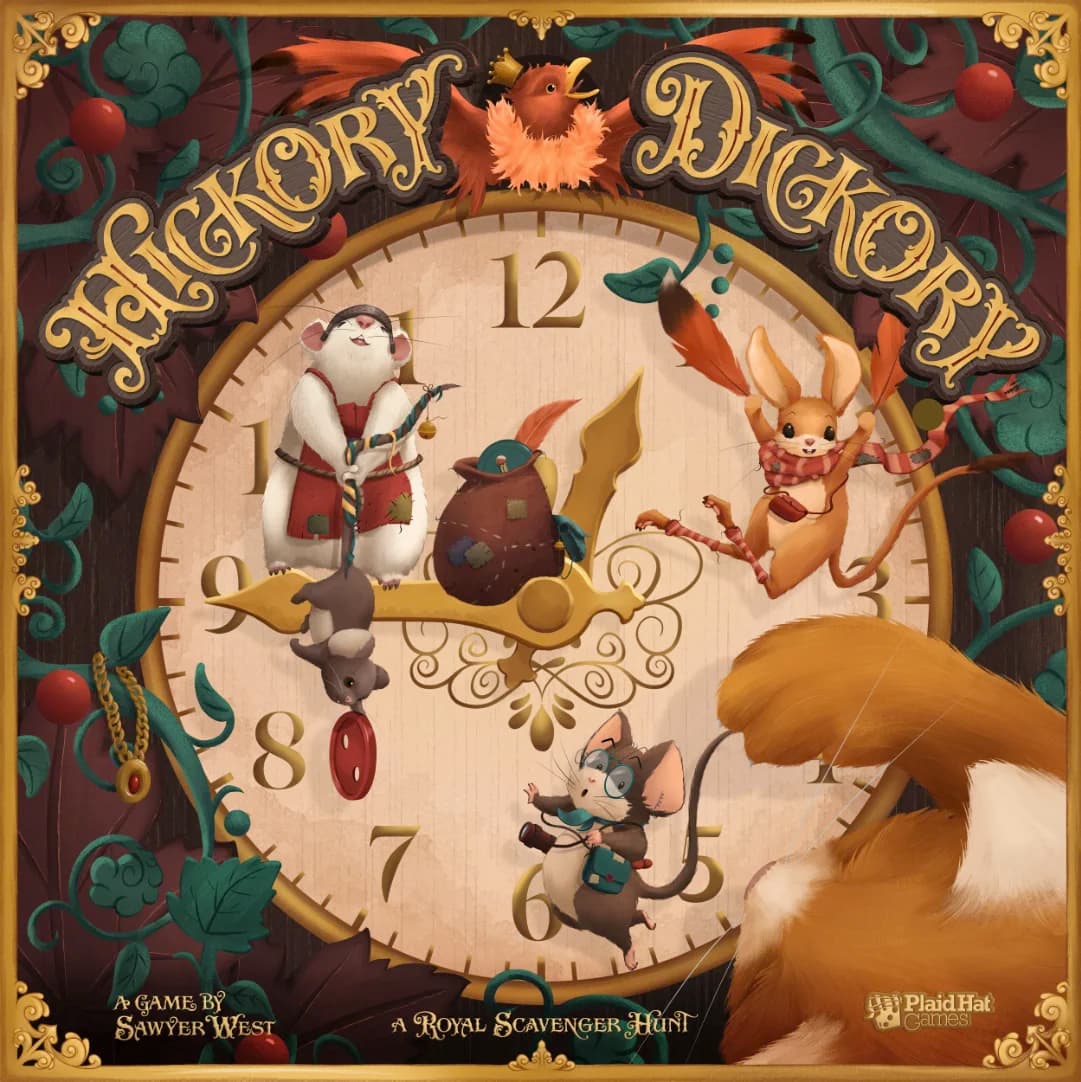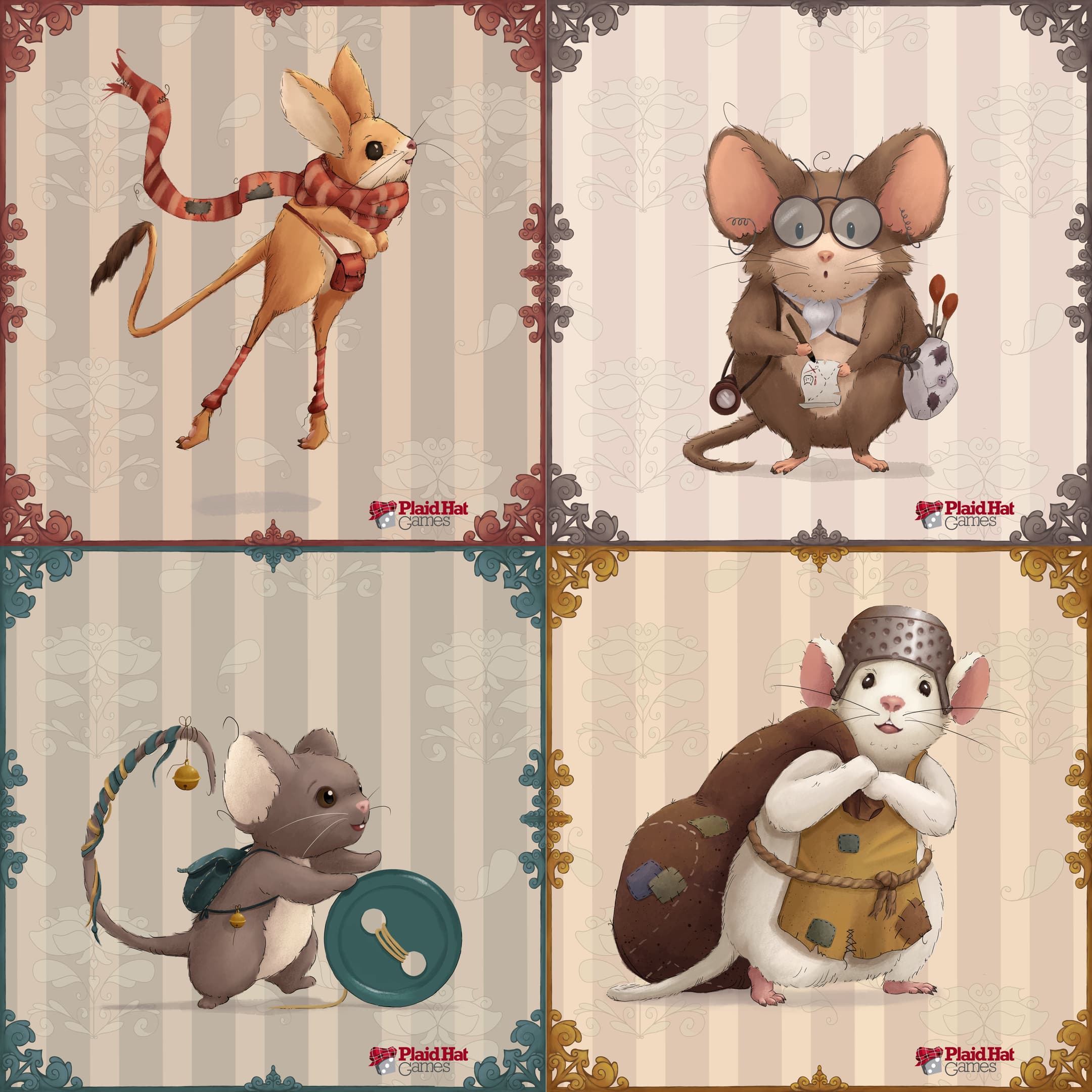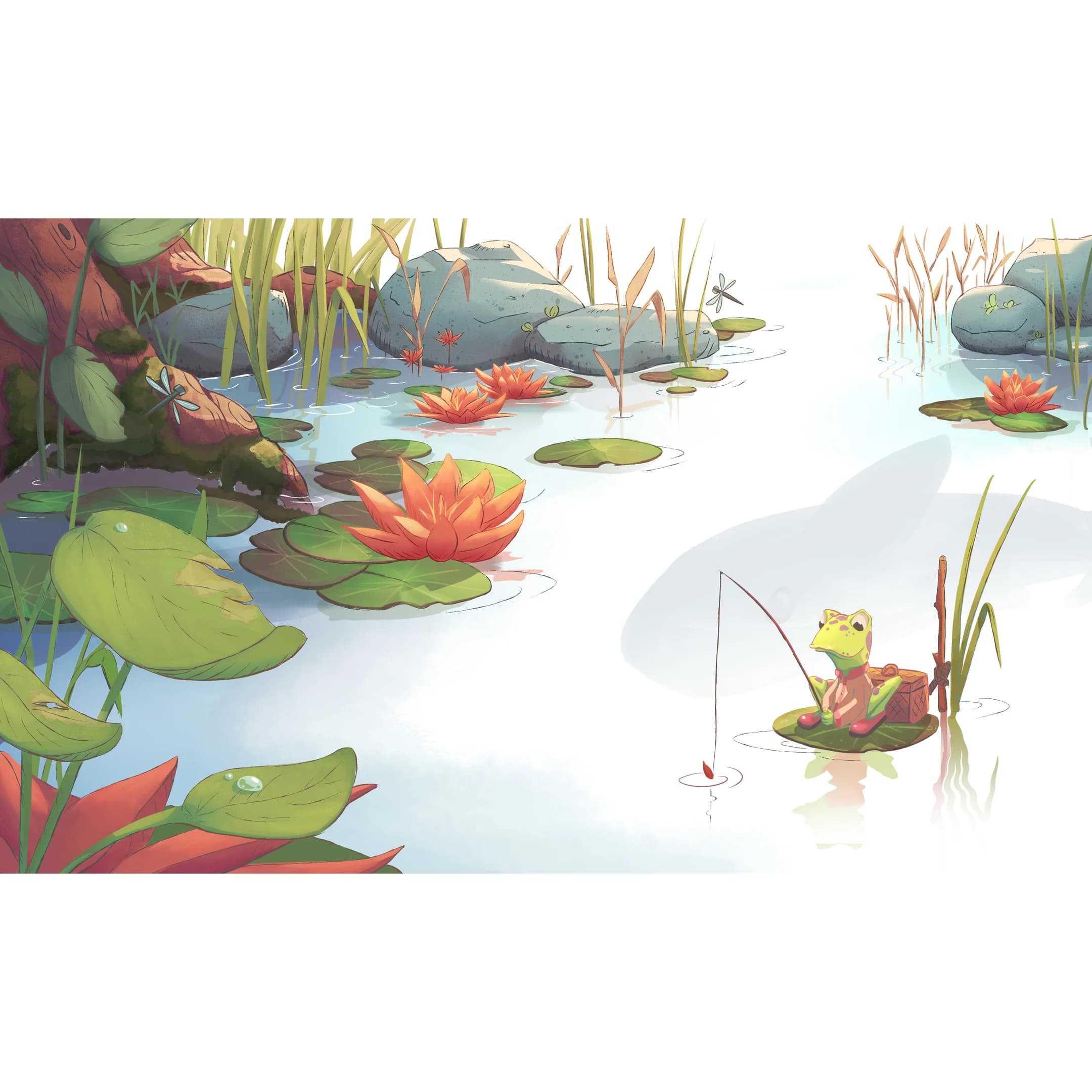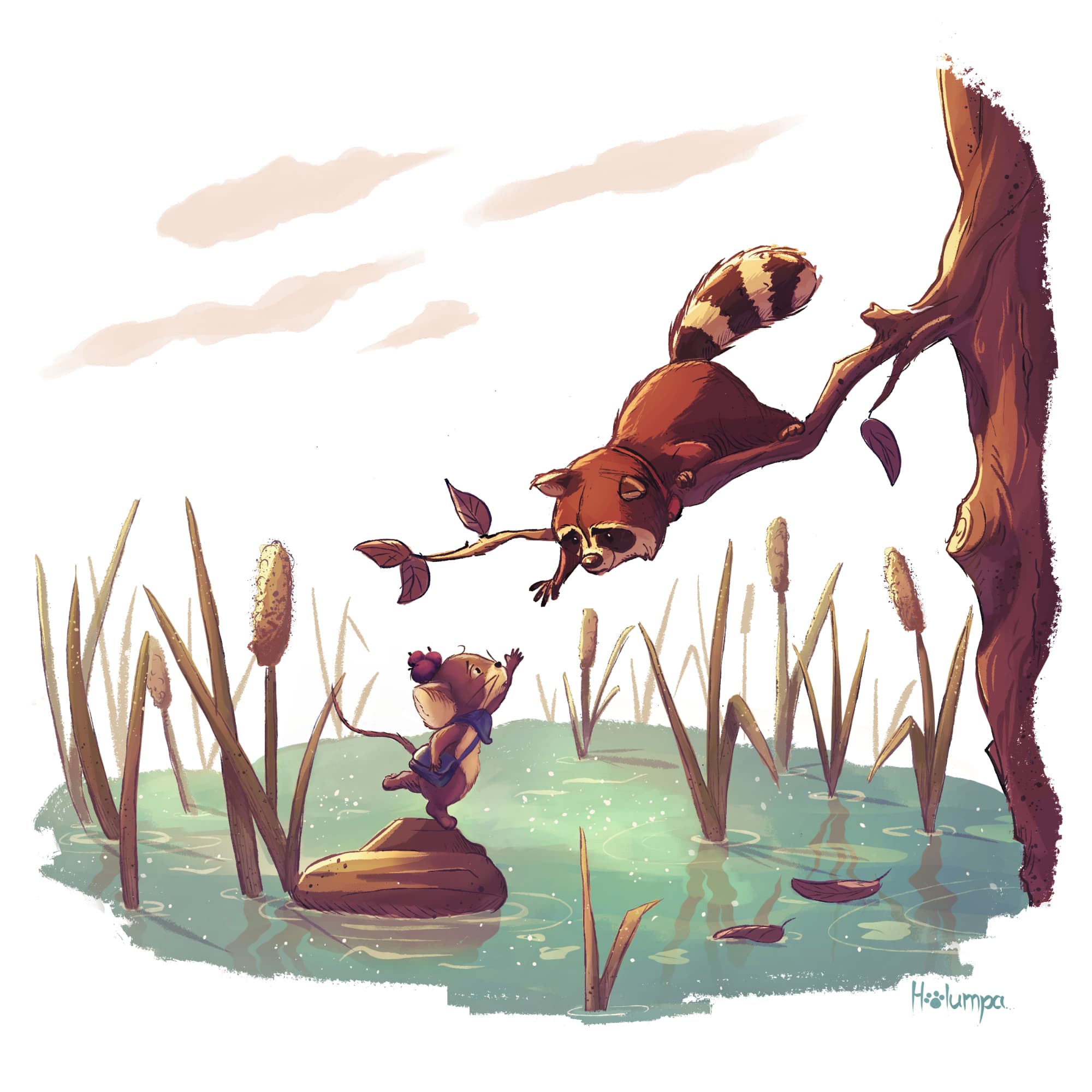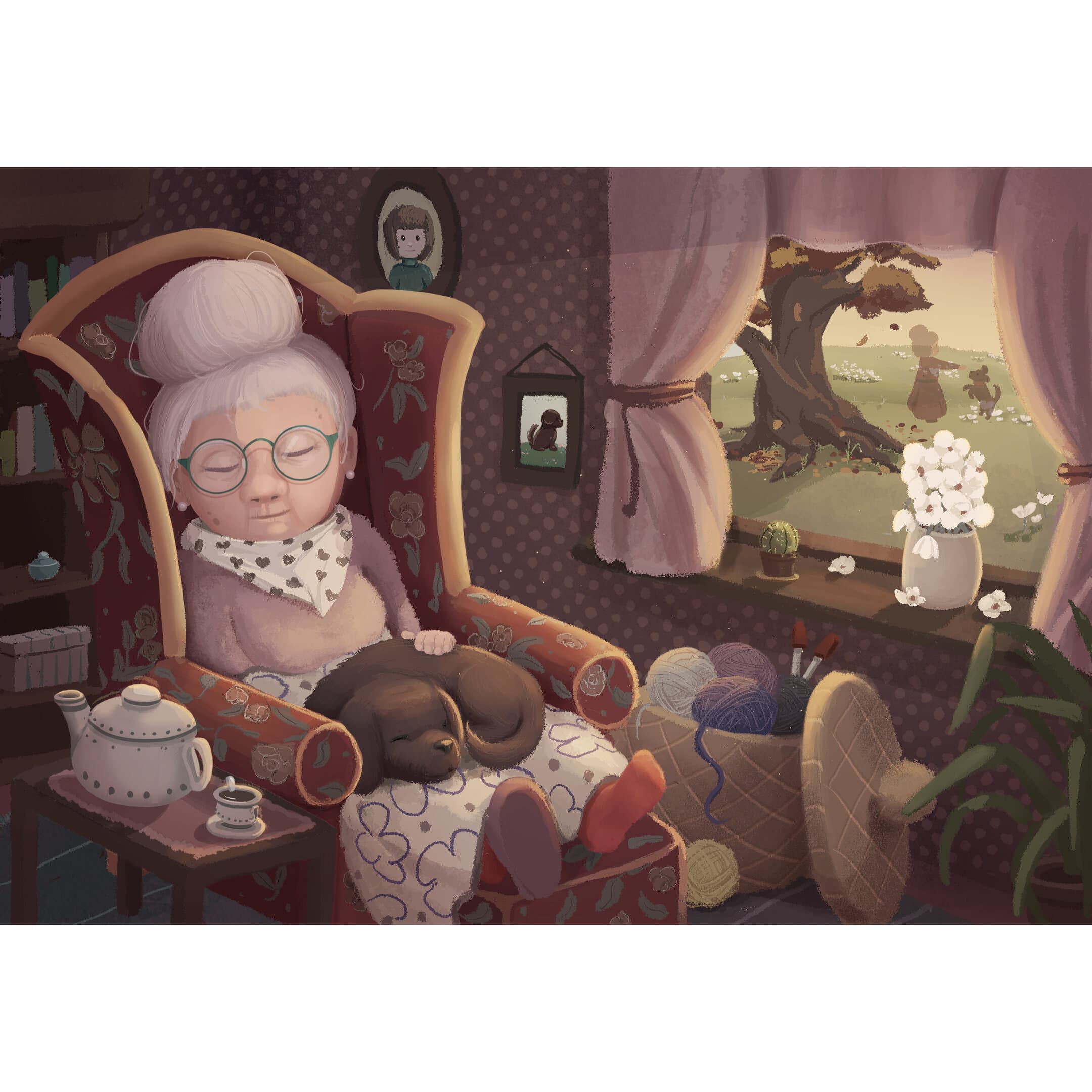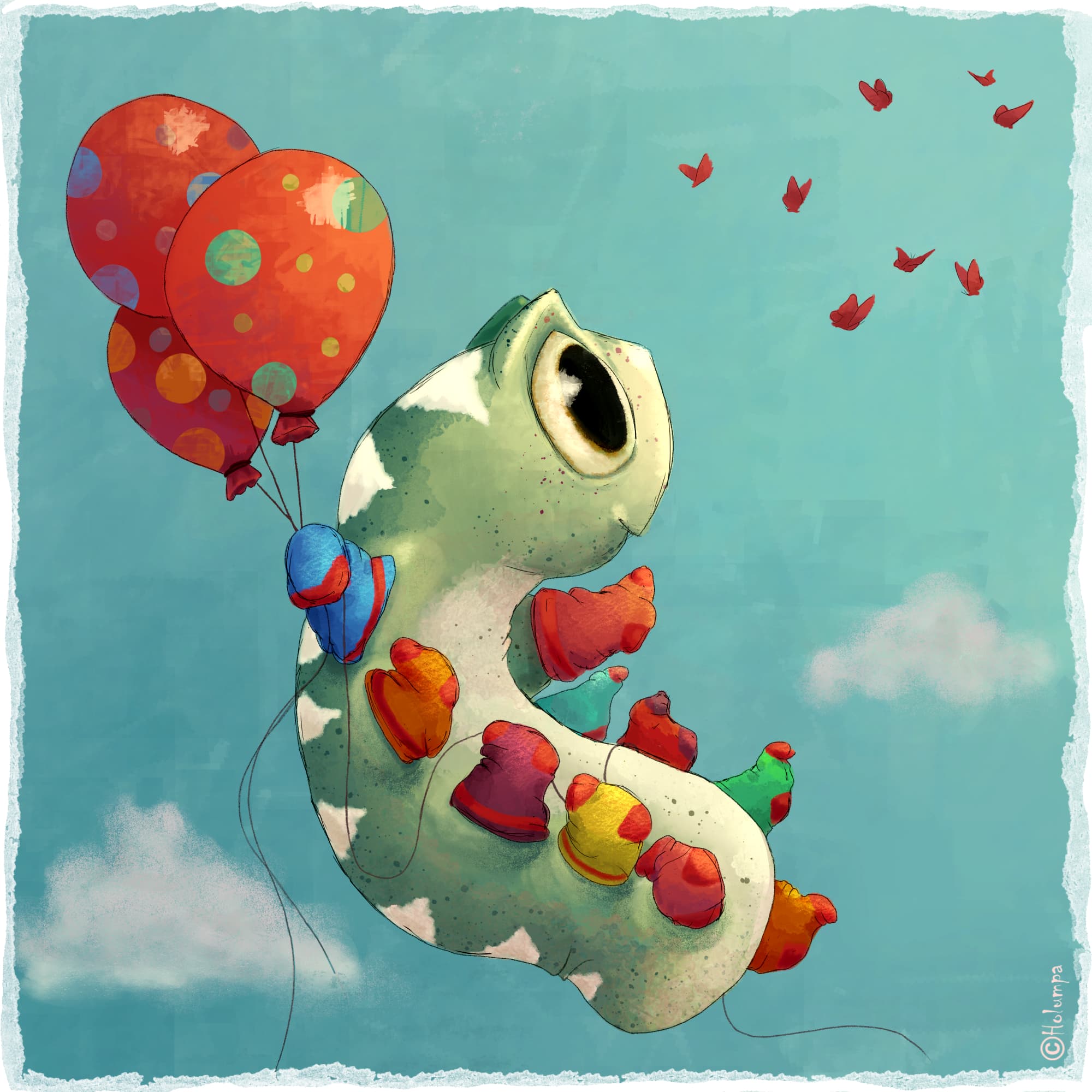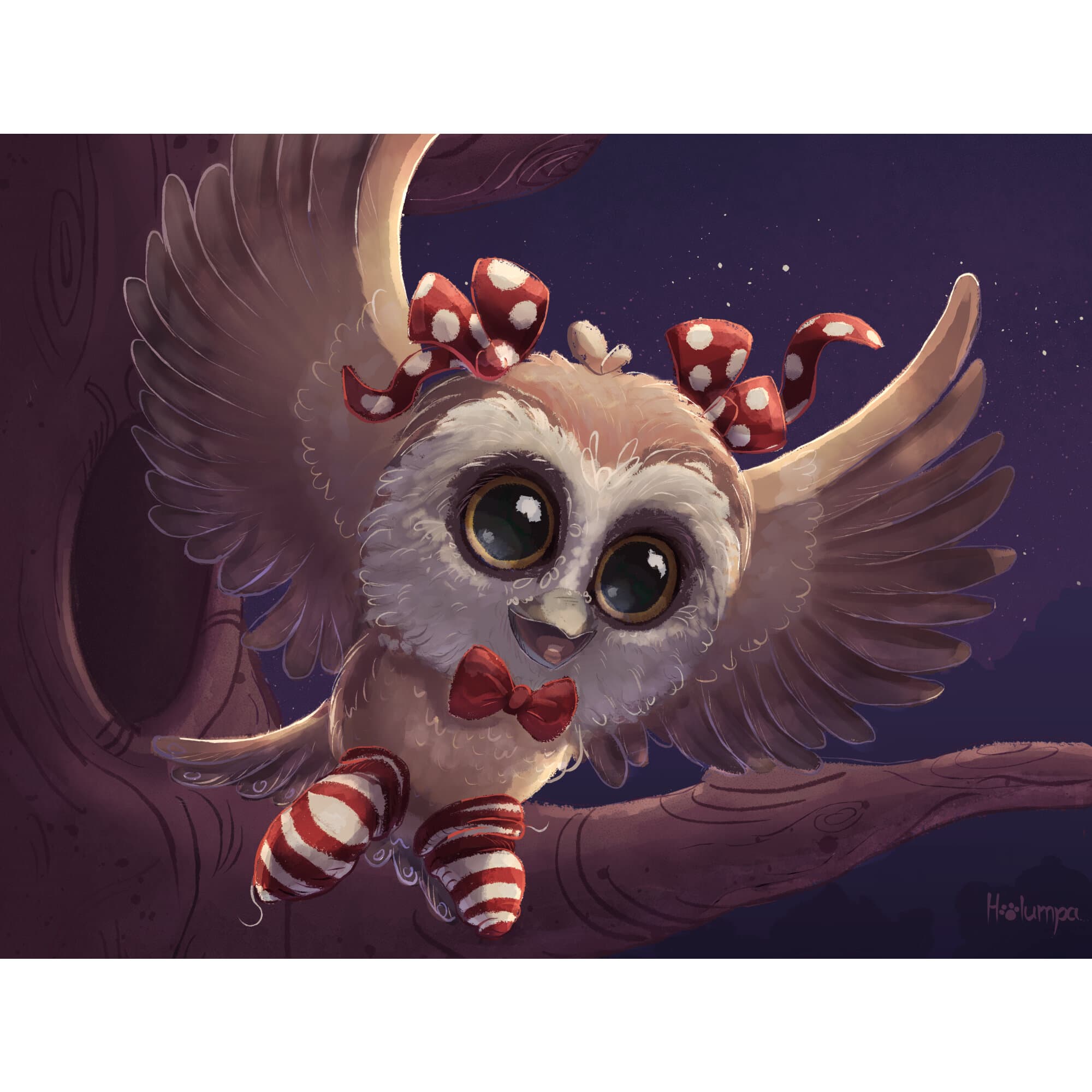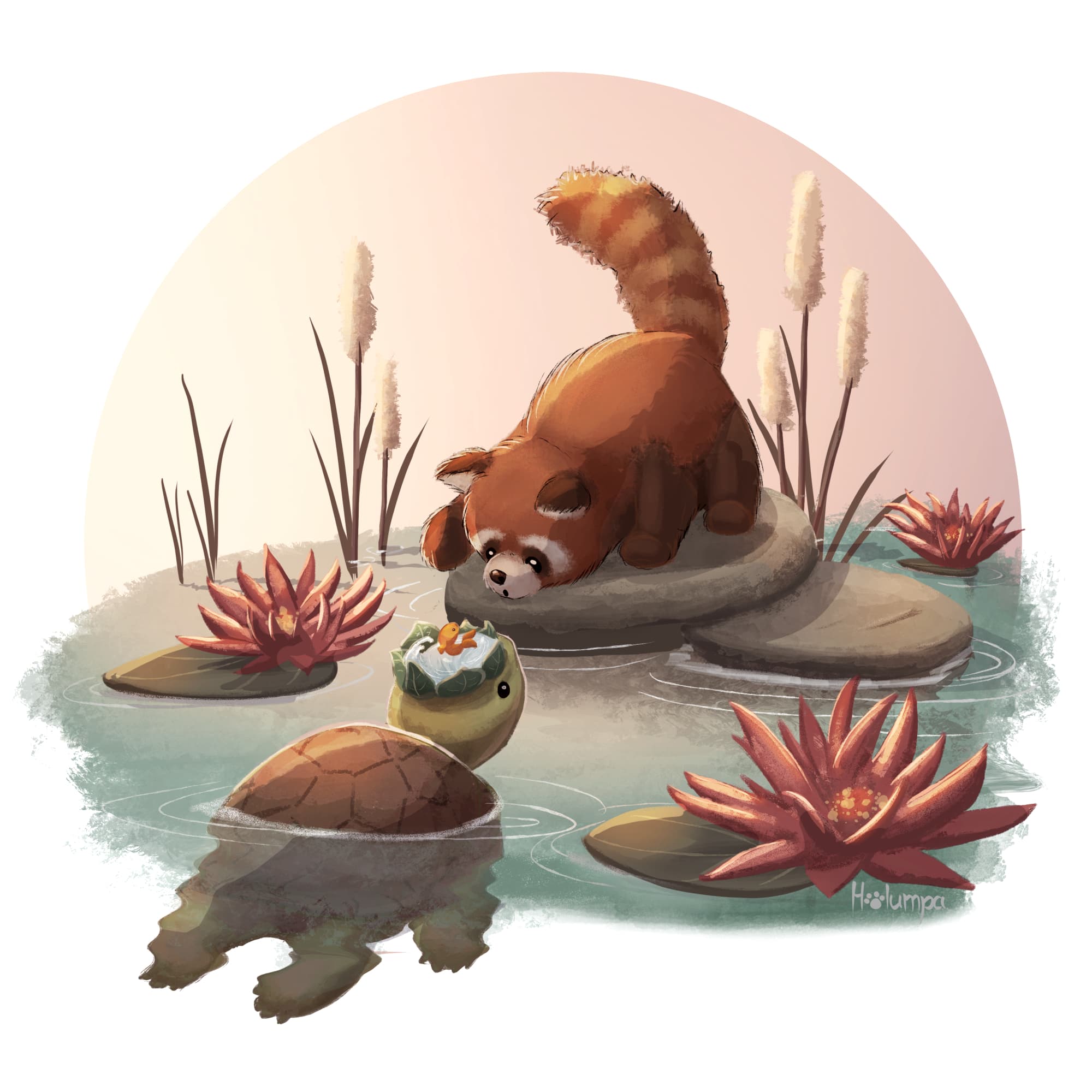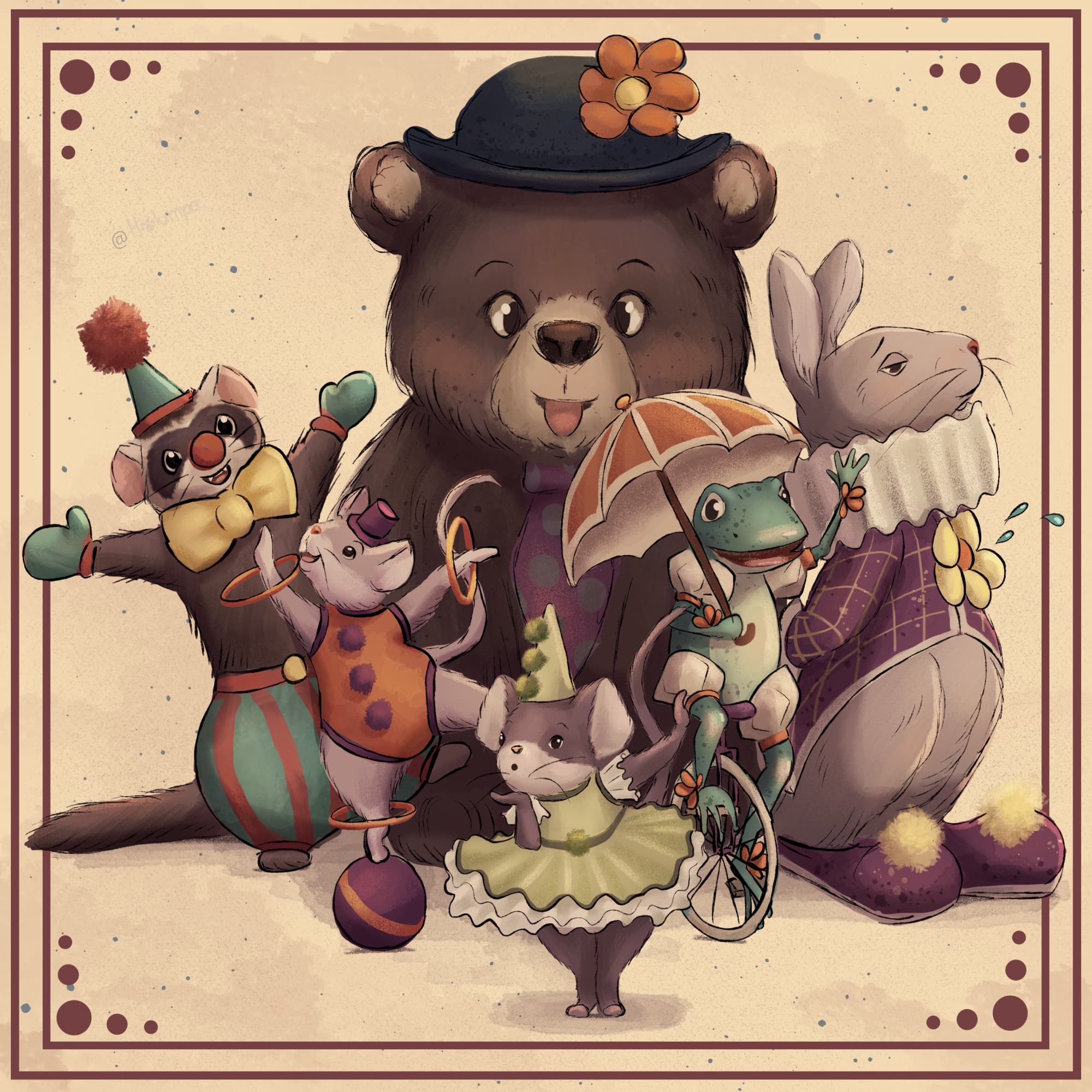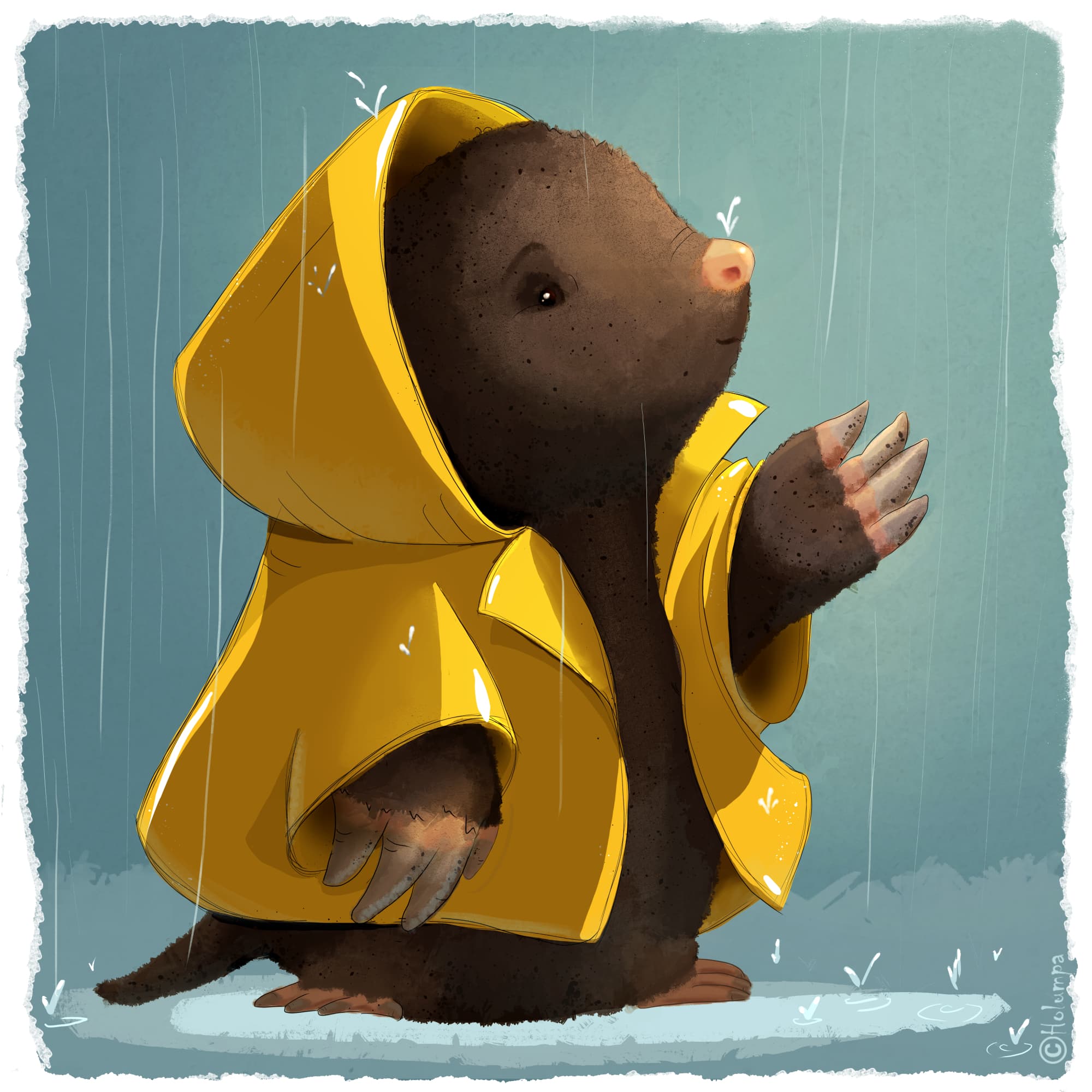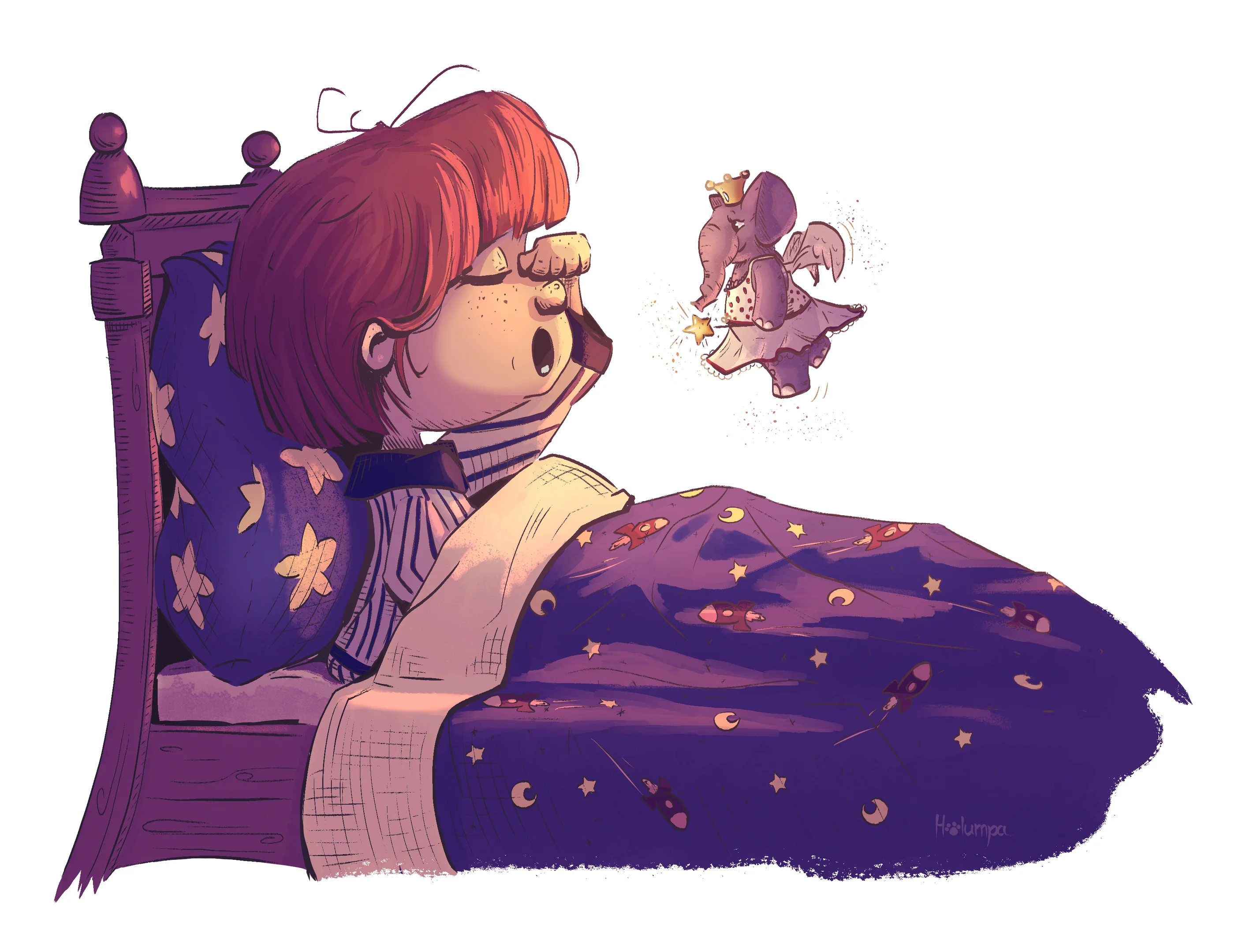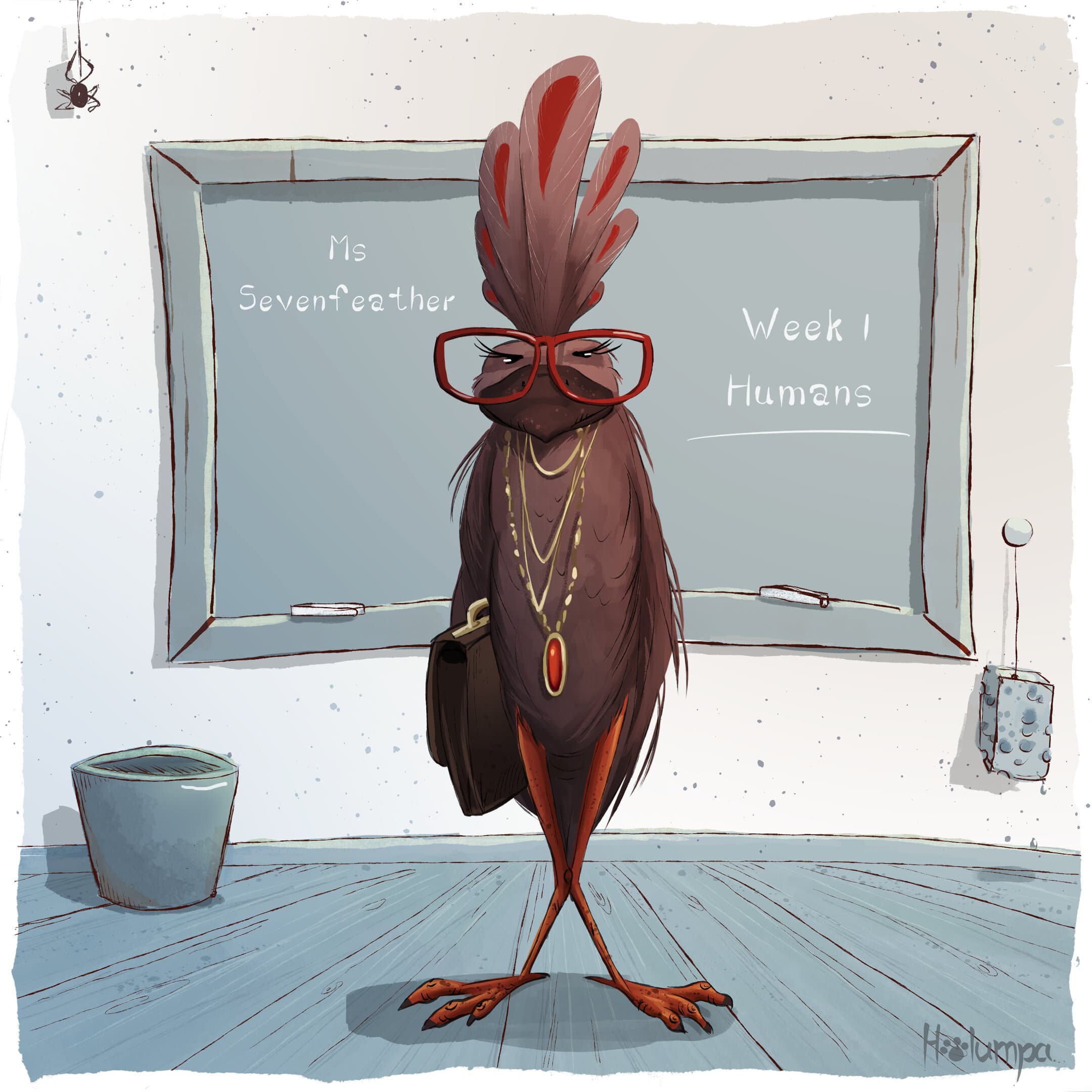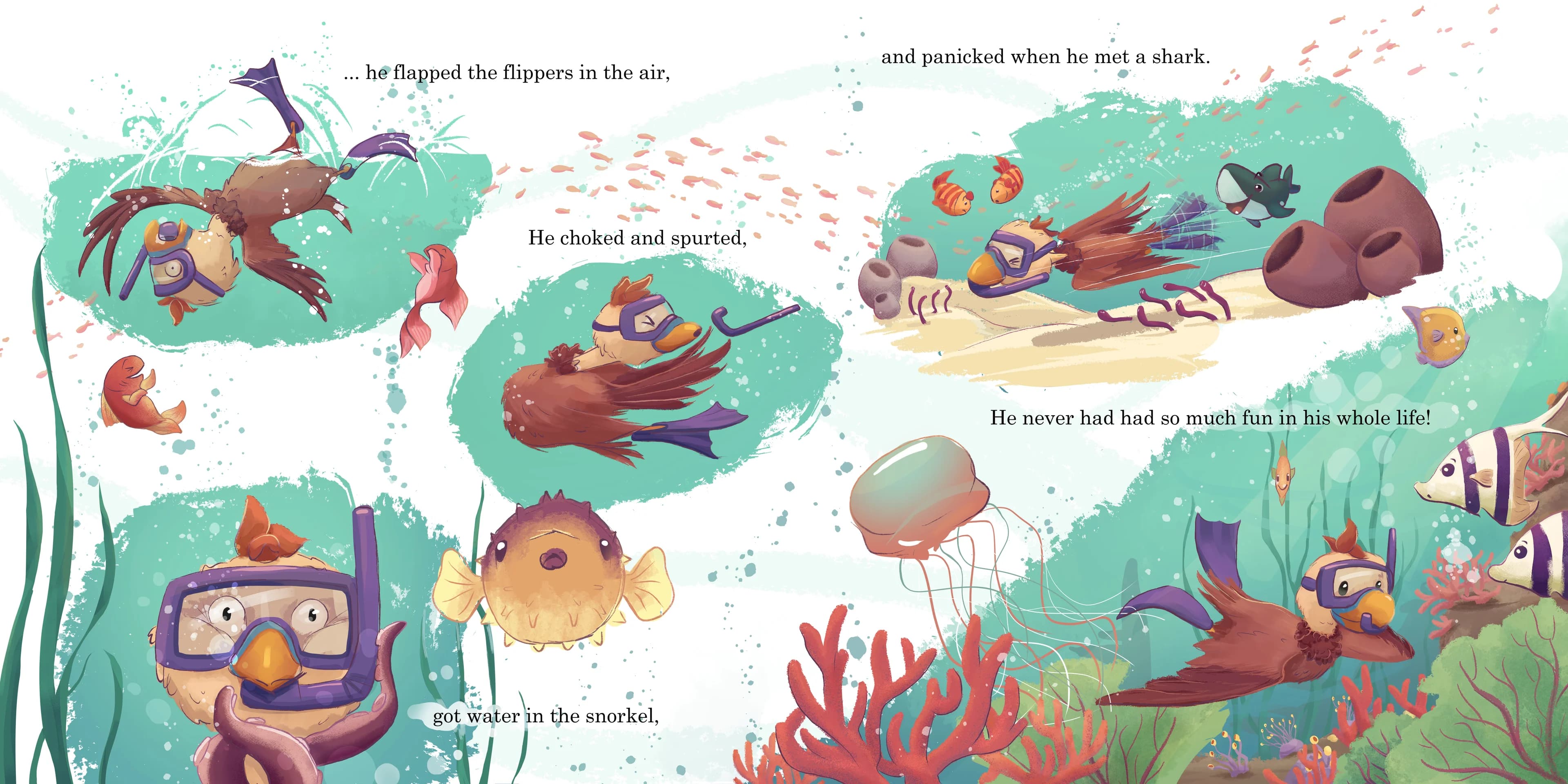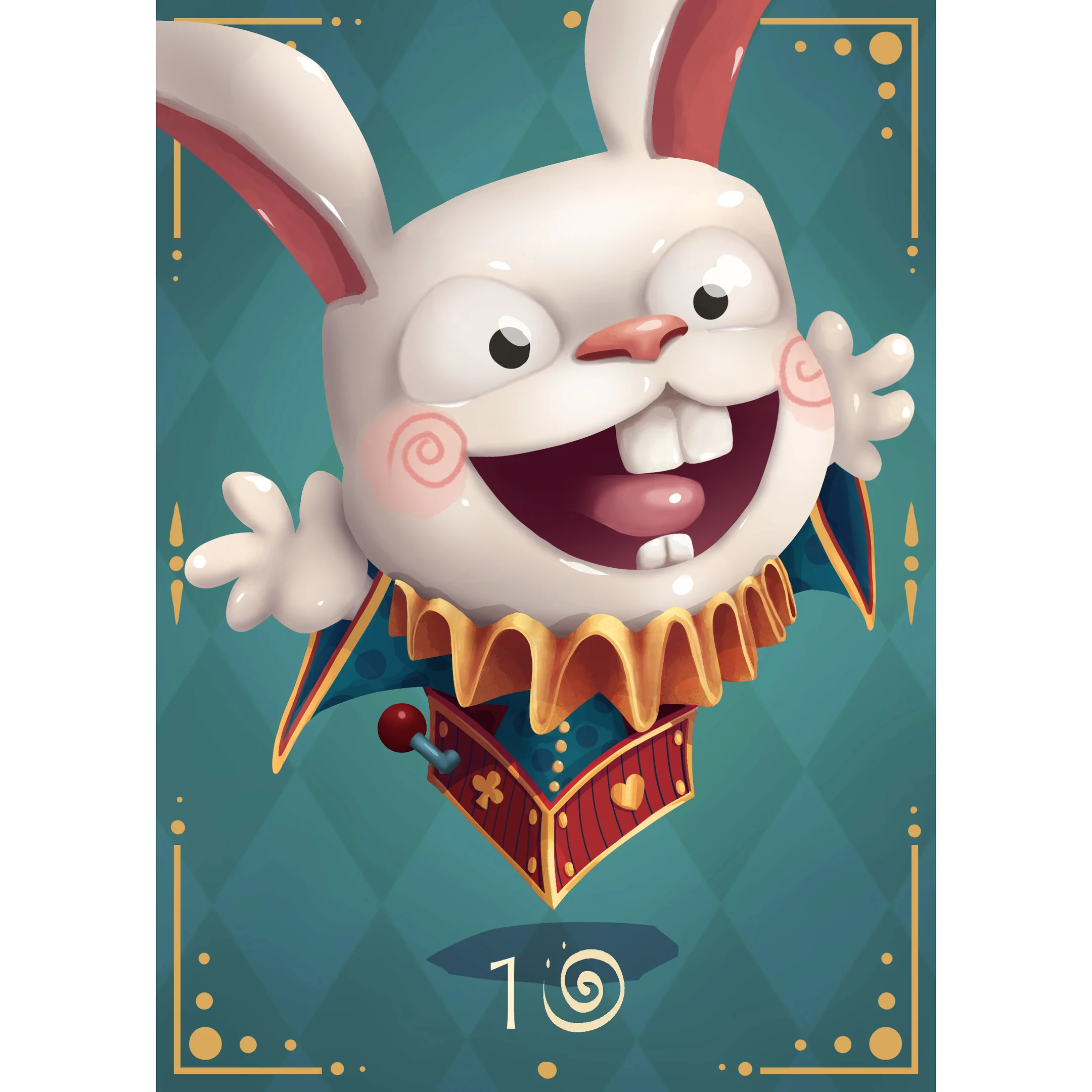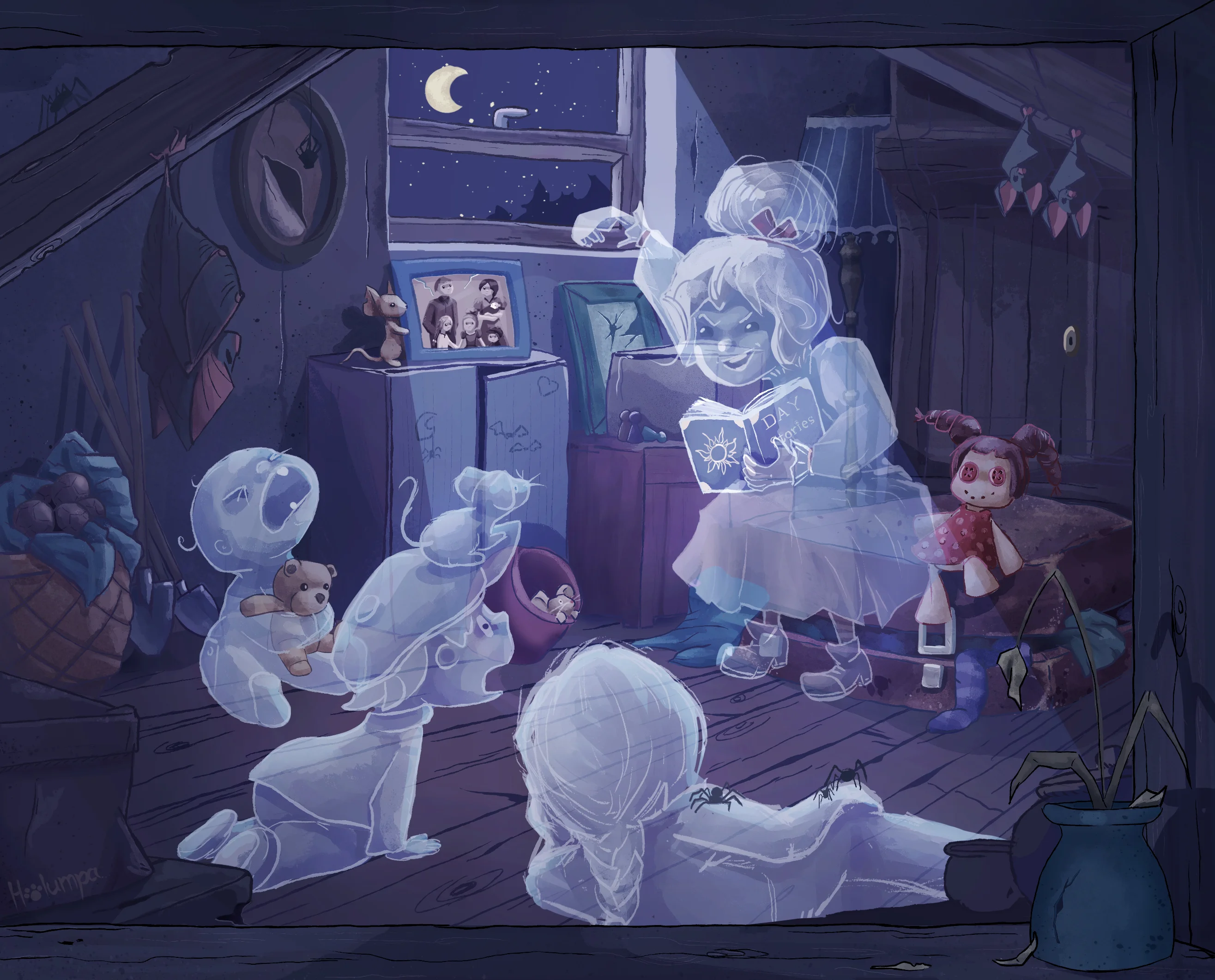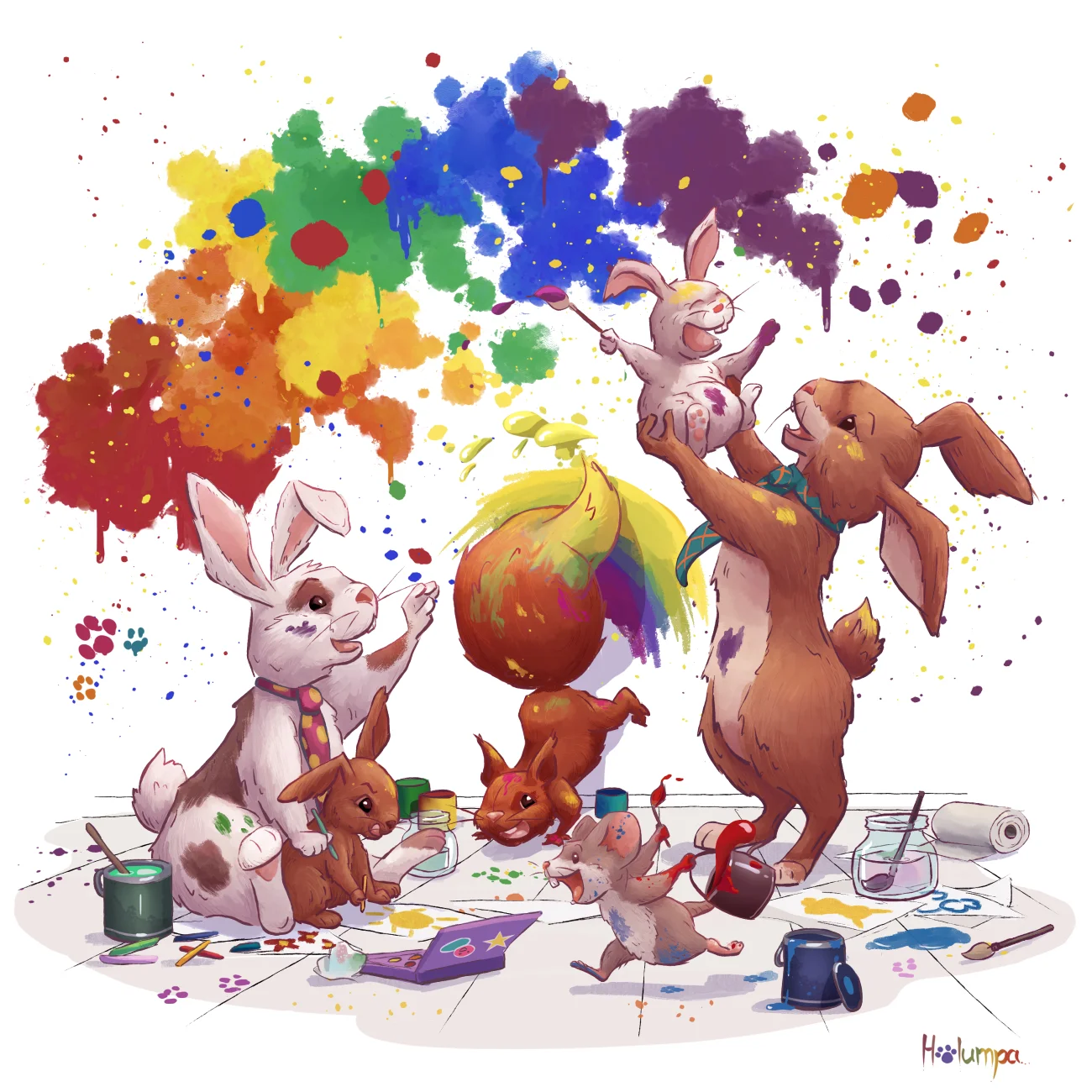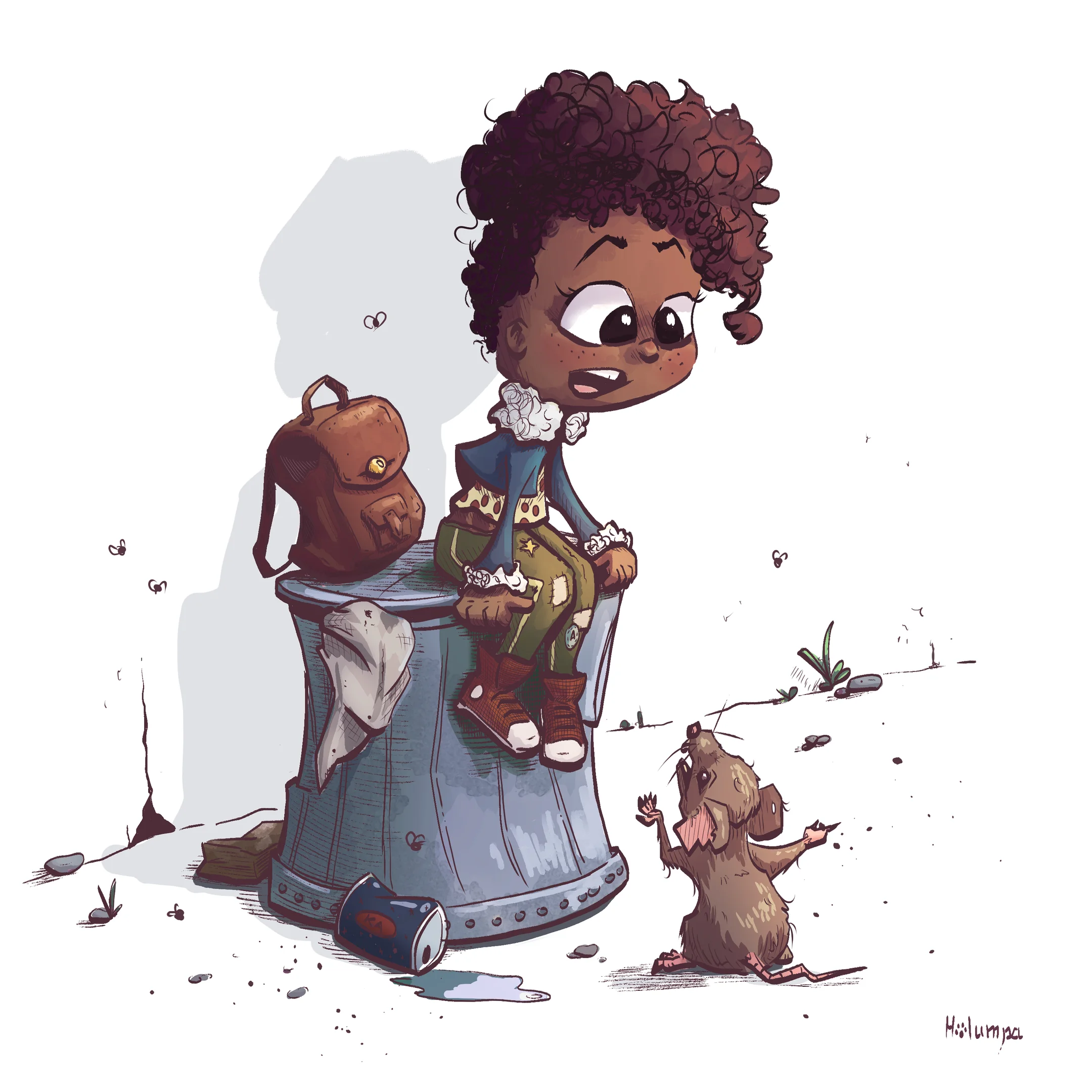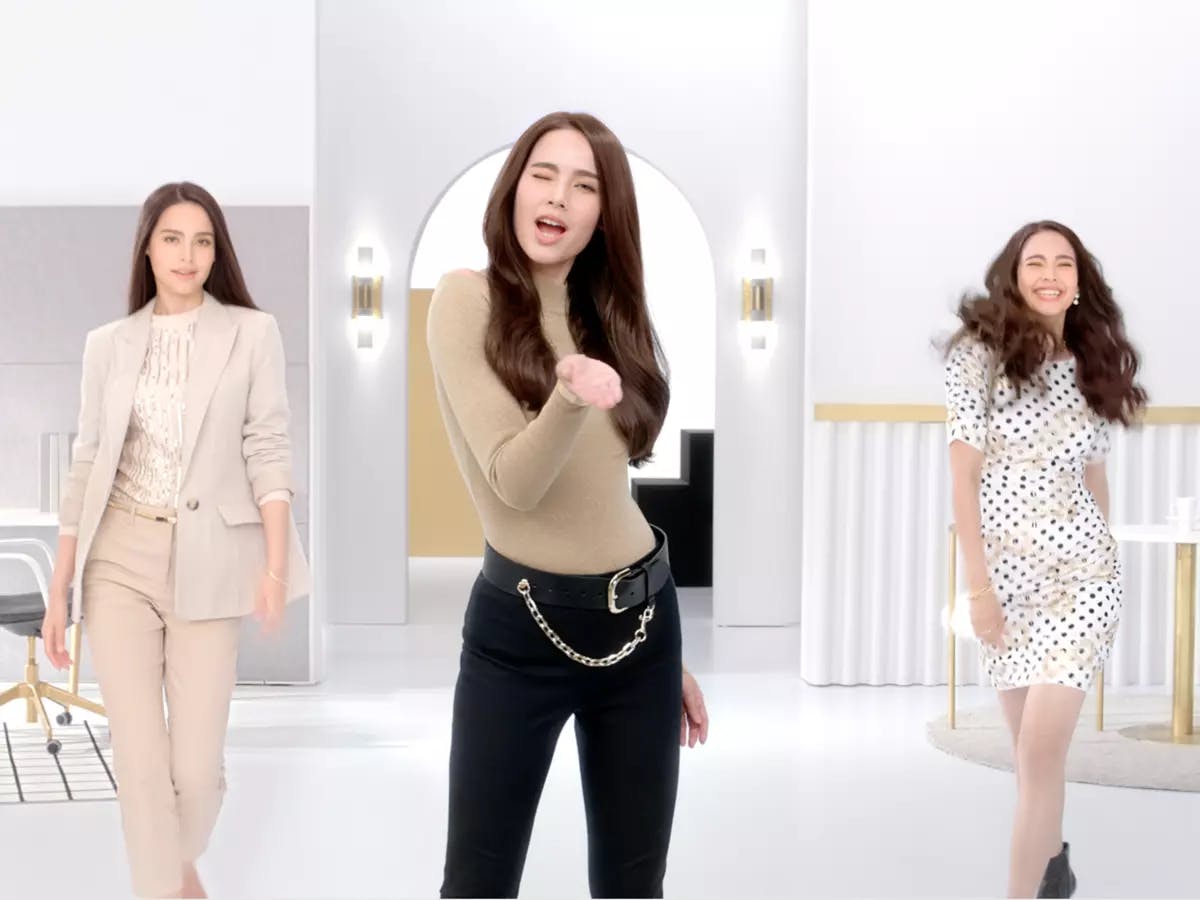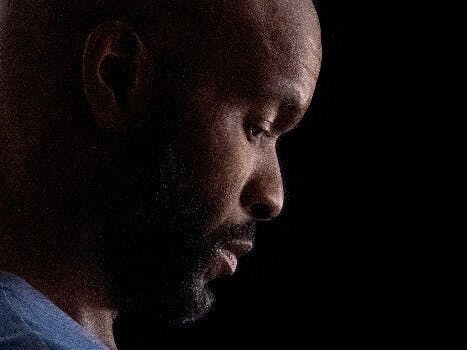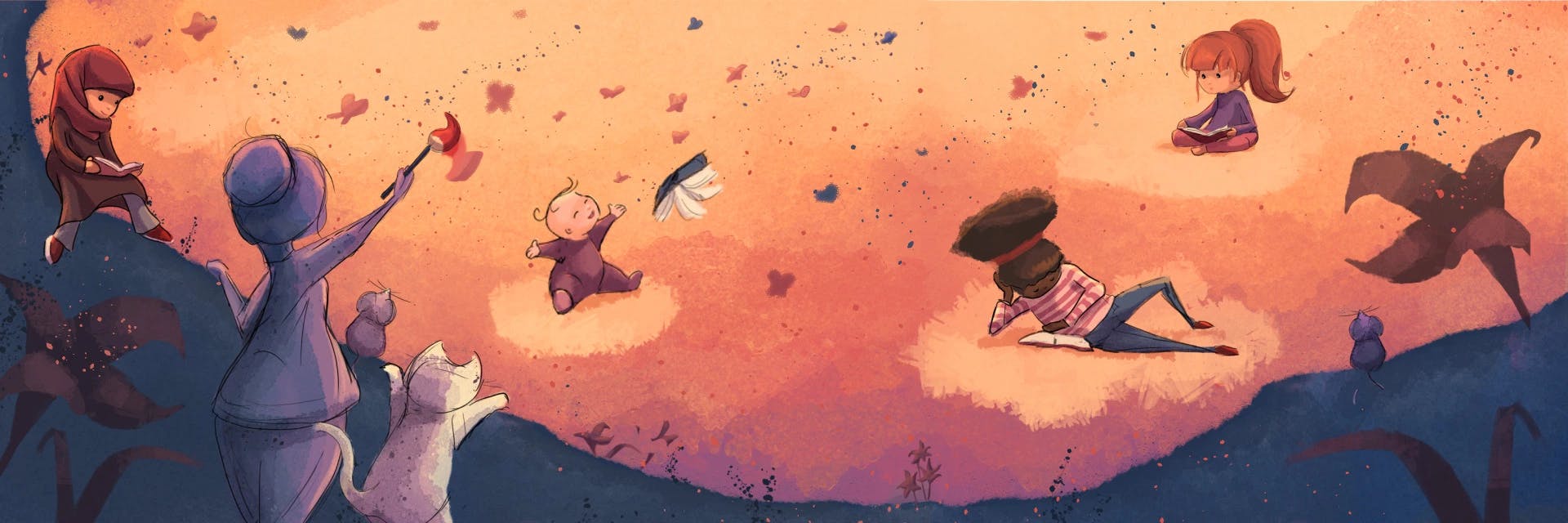
Holumpa
Keeping the Passion Alive
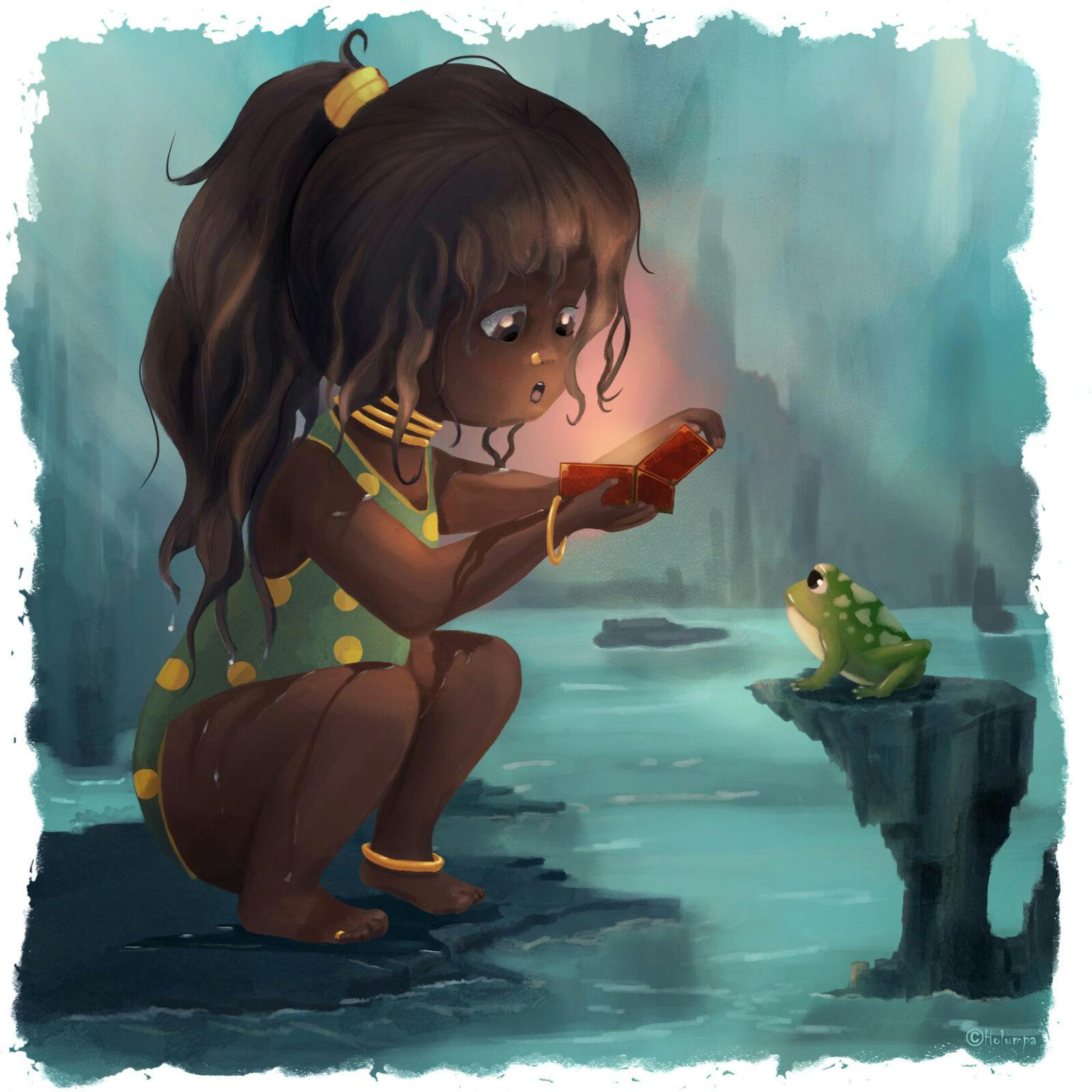
How did your artistic journey begin and progress over time?
Sonja Muller: Firstly, I want to say thank you so much for this opportunity! Laetro is an amazing community and I am very thankful to be a part of it. Art came very late into my life; just 3 years ago at age 42 when I needed it most. Before that, I loved art but never tried creating myself. I was in search of something meaningful and tried sketching. Since that day, I haven’t stopped drawing. Like so many other artists, I don’t have an art degree – I graduated from Japan Studies. Over 2 years I took courses; posted my progress on Instagram and, thanks to a lot of luck, got my first project – artwork for the board game, Hickory Dickory by Plaid Hat Games. I have been a freelancer since the beginning of 2022 and am very excited about what this journey will bring in the future!
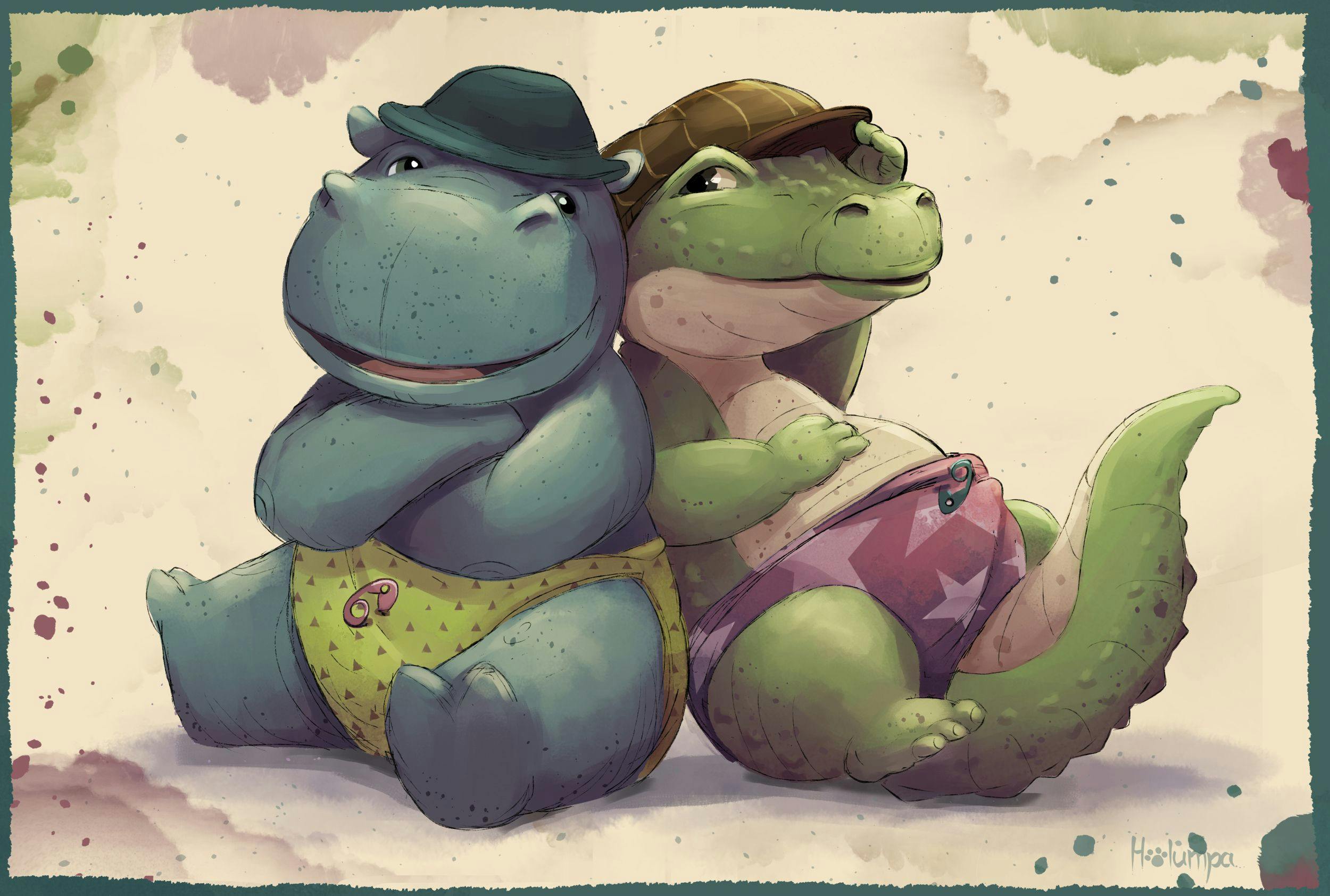
What has inspired the deep love for nature, animals, and adventurous stories that you showcase in your work?
Sonja Muller: Animals always have been very close to my heart. The pets I grew up with were family and I watched nature documentaries and read about wildlife all the time. I just need to be in the company of animals; they calm me down, balance me and in a way and connect me to life.
Of course, being there for them and protecting nature, in general, is a very important matter to me. Telling stories with animal characters frees my creativity. Like in classic fables, there are no limitations regarding the set the story focuses on what the characters experience and how they cope with it. I think that also makes it easy for any kind of reader and viewer to identify with the characters.
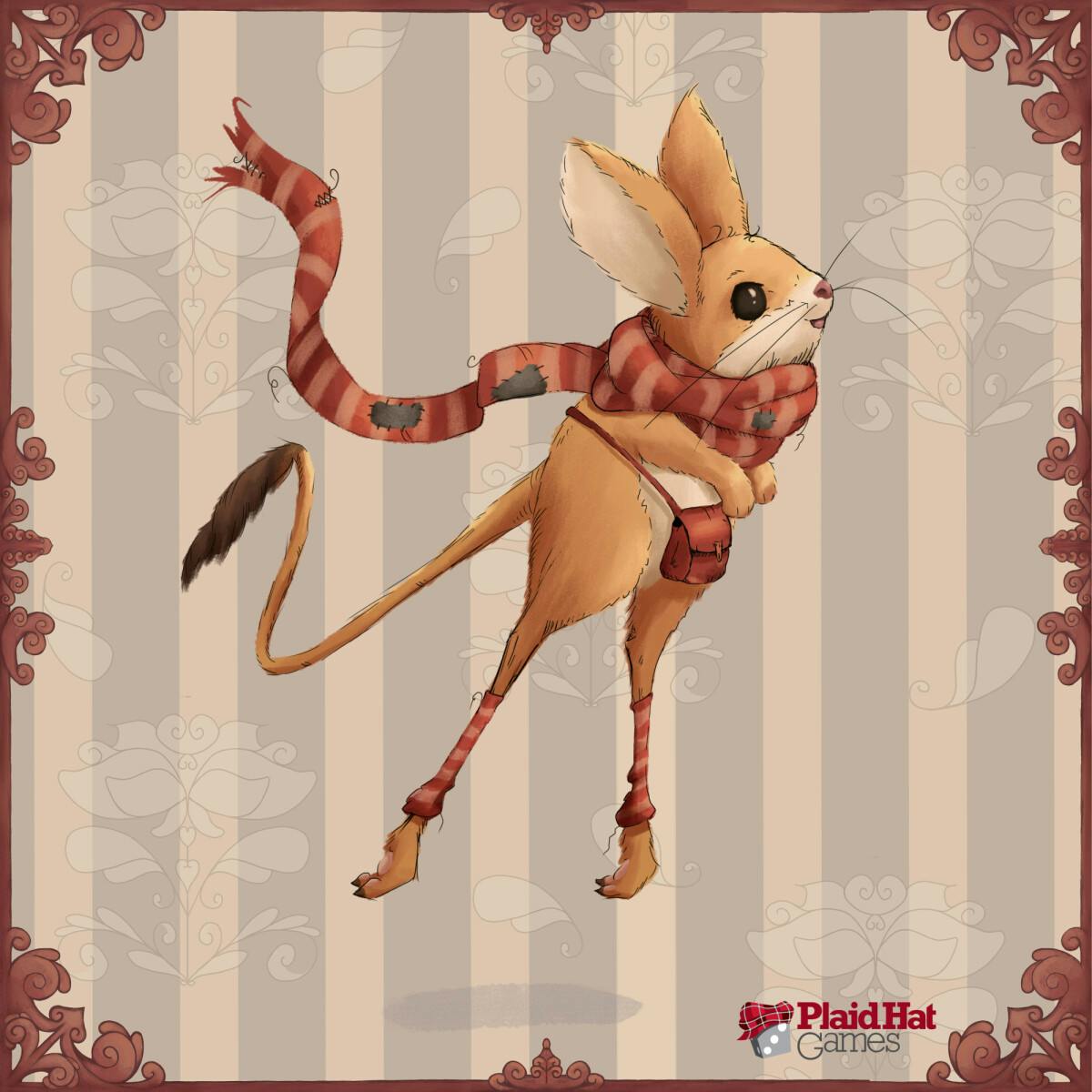
Please tell us all about your illustrations for the board game, ‘Hickory Dickory.’
Sonja Muller: When Plaid Hat Games approached me, I was a bit stunned. It was a huge project for me and I was passionate about it. I still am! A game with cute, adventurous mice, I couldn’t have wished for a better project. The Plaid Hat Team had so many super fantastic, fun ideas and they were so kind and welcoming to me. I think it was a blessing to have Hickory Dickory as my first big project. It was all an amazing experience, overall. It challenged me in all the good ways and I learned a lot.
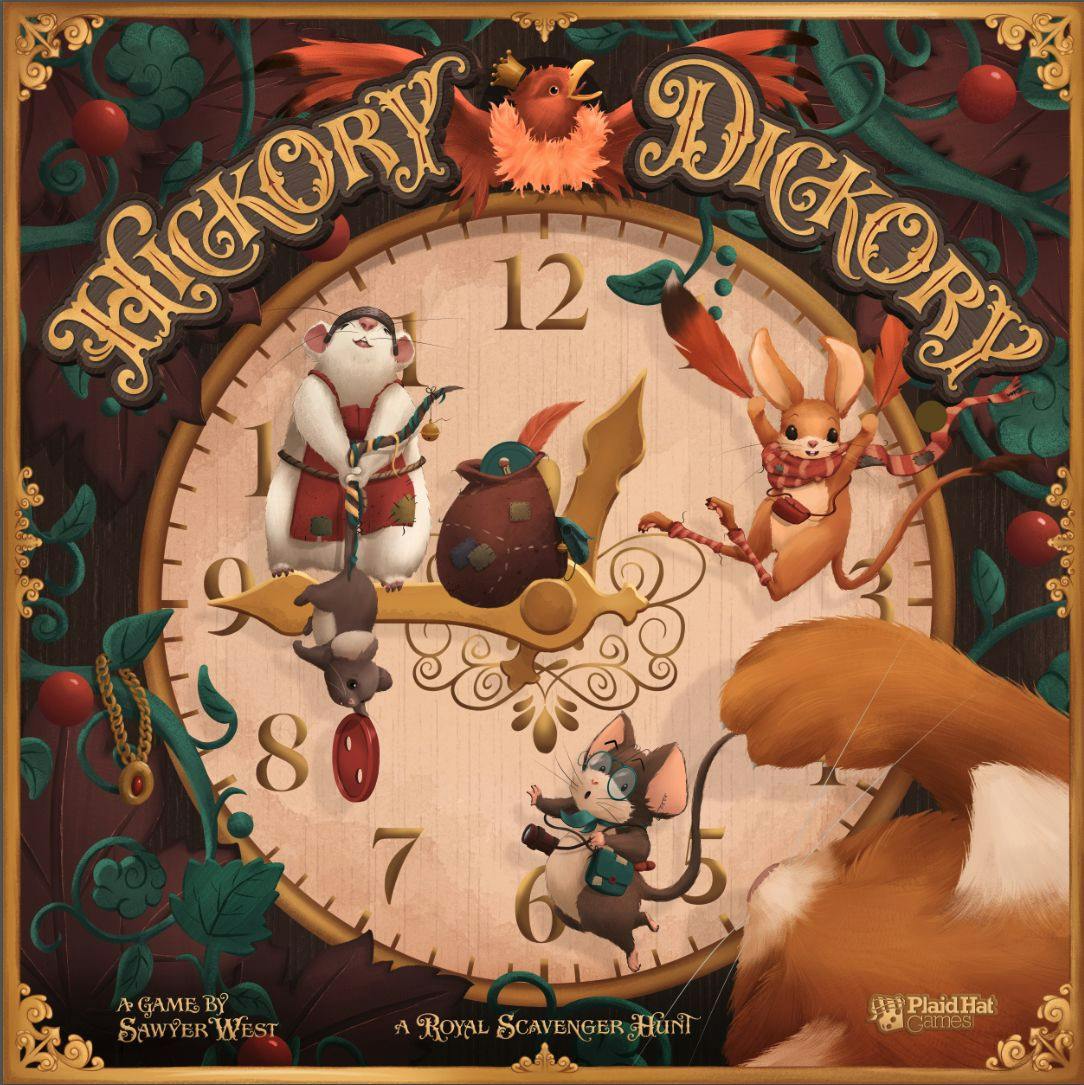
”Keep your passion for art alive through the process.”
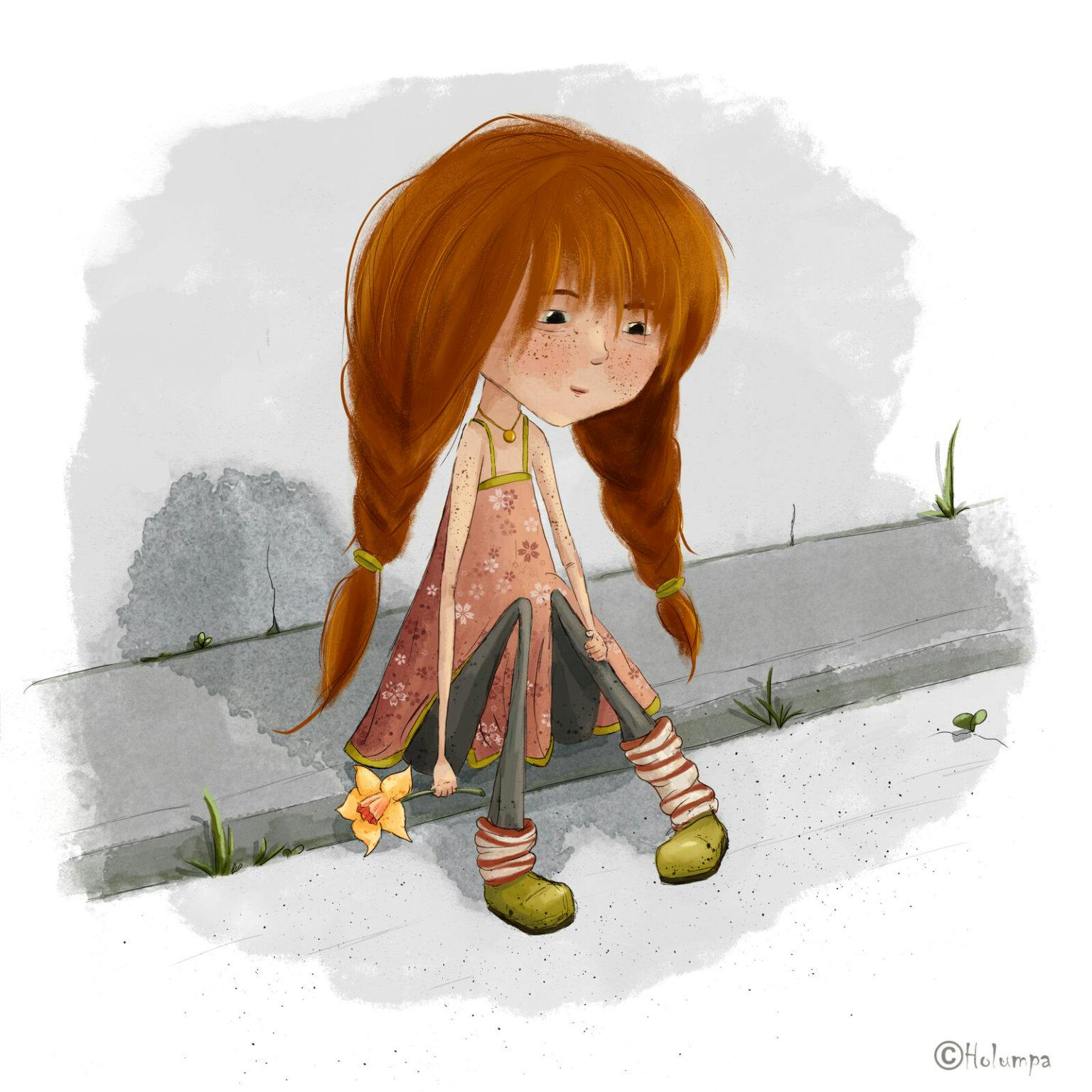
Which other works of yours do you consider significant? Please elaborate on one or two of them.
Sonja: It being so early in my career, this is a tough question. I can say that some projects were more important to me than others. My successful application for the Art Star program was a milestone. I illustrated every page of the application over 2-3 months and learned a lot about myself as an artist during that process. The support of the Art Star also enabled me to become a freelancer so fast. I am so thankful for their support. Right now the most important work to me is the picture books I write and illustrate myself. Creating these little worlds with all the characters and adventures is exciting and fulfilling.
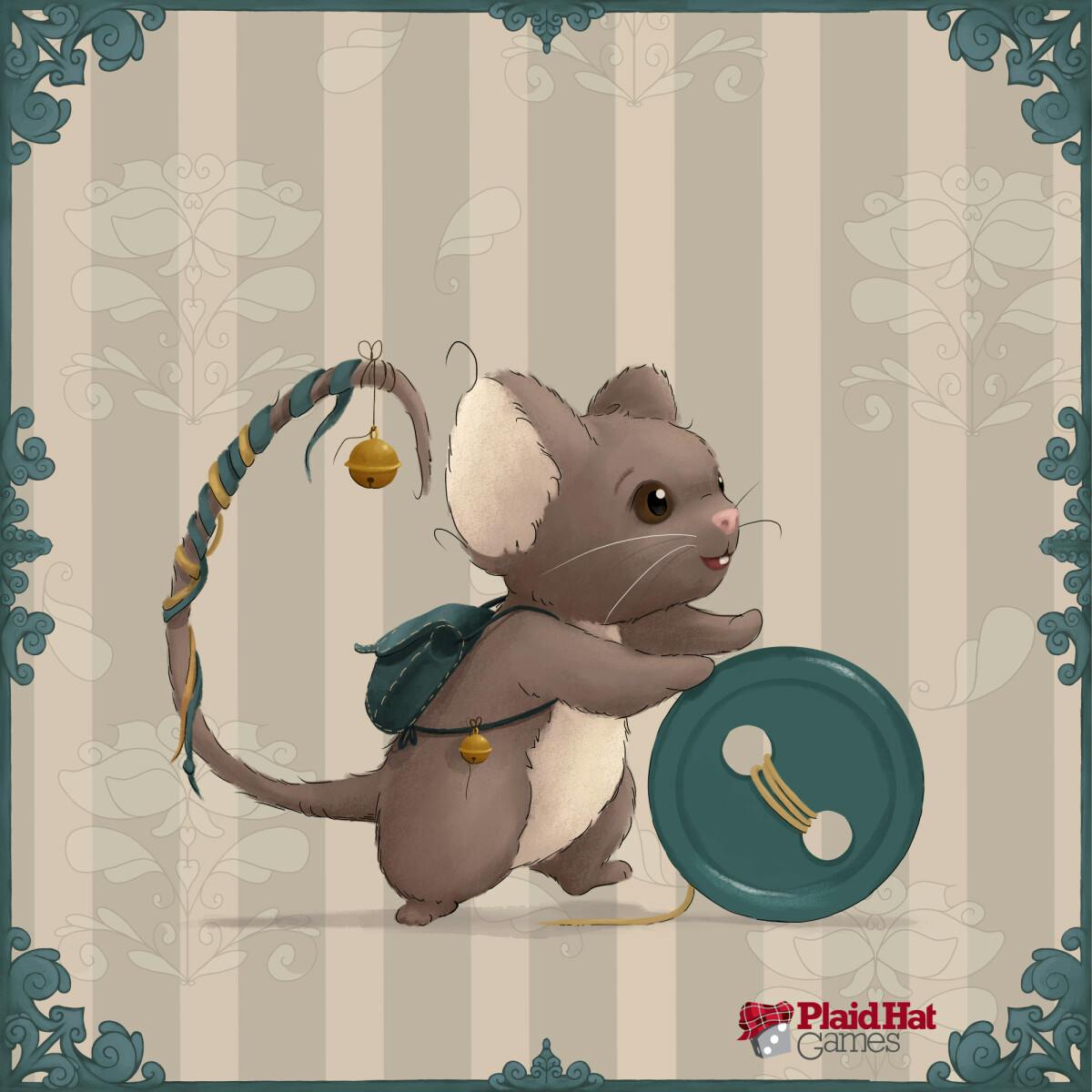
What’s your vision for the future of the art world and how would you like to contribute to it?
Sonja: I am still like a child in awe of exploring the art world. As I said, I entered the art world very suddenly and was blown away by how welcoming and supportive every artist I met was. The Insta community was truly welcoming, quite opposite to what I expected from social media. Not only my peers but also the mentors and teachers were extraordinarily supportive and open. All the Laetro artists not only inspire me every day but being around them also teaches me so much about how to cope with the ups and downs of an artist’s life and to not only value each other but also ourselves.
Giuseppe Castellano of the Illustration Department is also one of the outstanding mentors who helped me so much beyond improving my art. I love that the art community strives to be so inclusive. Accepting everyone as they are as a human and as an artist is a norm. The world would be a better place if humans would act more often like they do in the artist community.
I hope I can contribute to the values of the community in the future with my actions and with the stories I tell. I would also love to break up all these boxes we tend to think in right now. They can be important to overcome prejudice but, after all, my dream would be a world where we do not need all these categories and divisions.
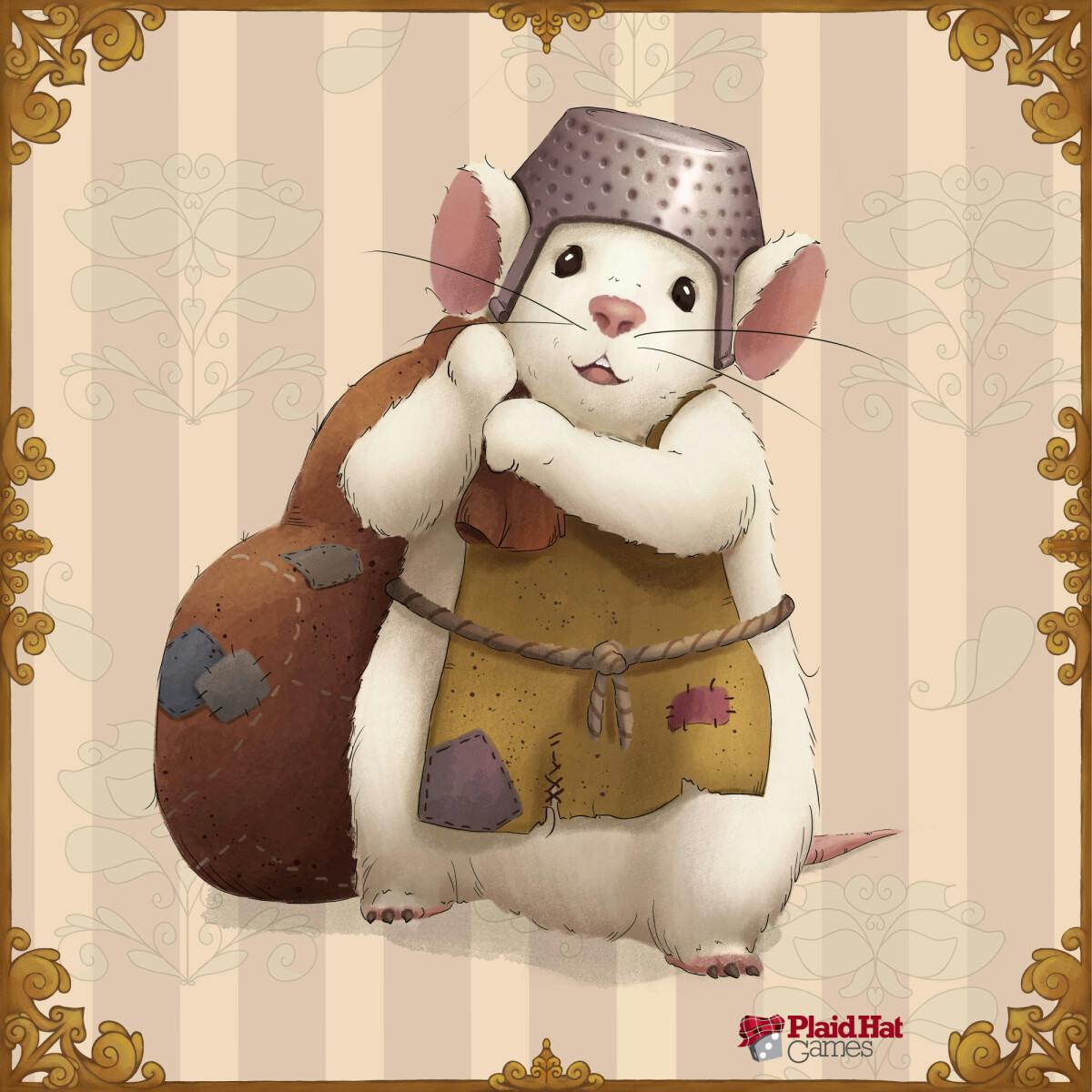
What’s your fundamental work process? How do you approach a project from start to finish?
Sonja: To me, it is essential to find the balance between being organized and allowing some space for creativity to breathe. So I start by planning a general schedule while making sure to plan not too tight. I research and start drawing a part where creativity strikes. It is a back-and-forth between doing the scheduled parts and doing parts where ideas pop into my mind. I sketch only very rough lines, then immediately establish colors with basic light and shadow. If I don’t do that, I don’t get a feeling about a piece.
I believe that many artists can imagine how a sketch will look in the later stages. I can’t. I, instead, like exploring a piece and finding it. There is always a little component of surprise for me while working and I love that.
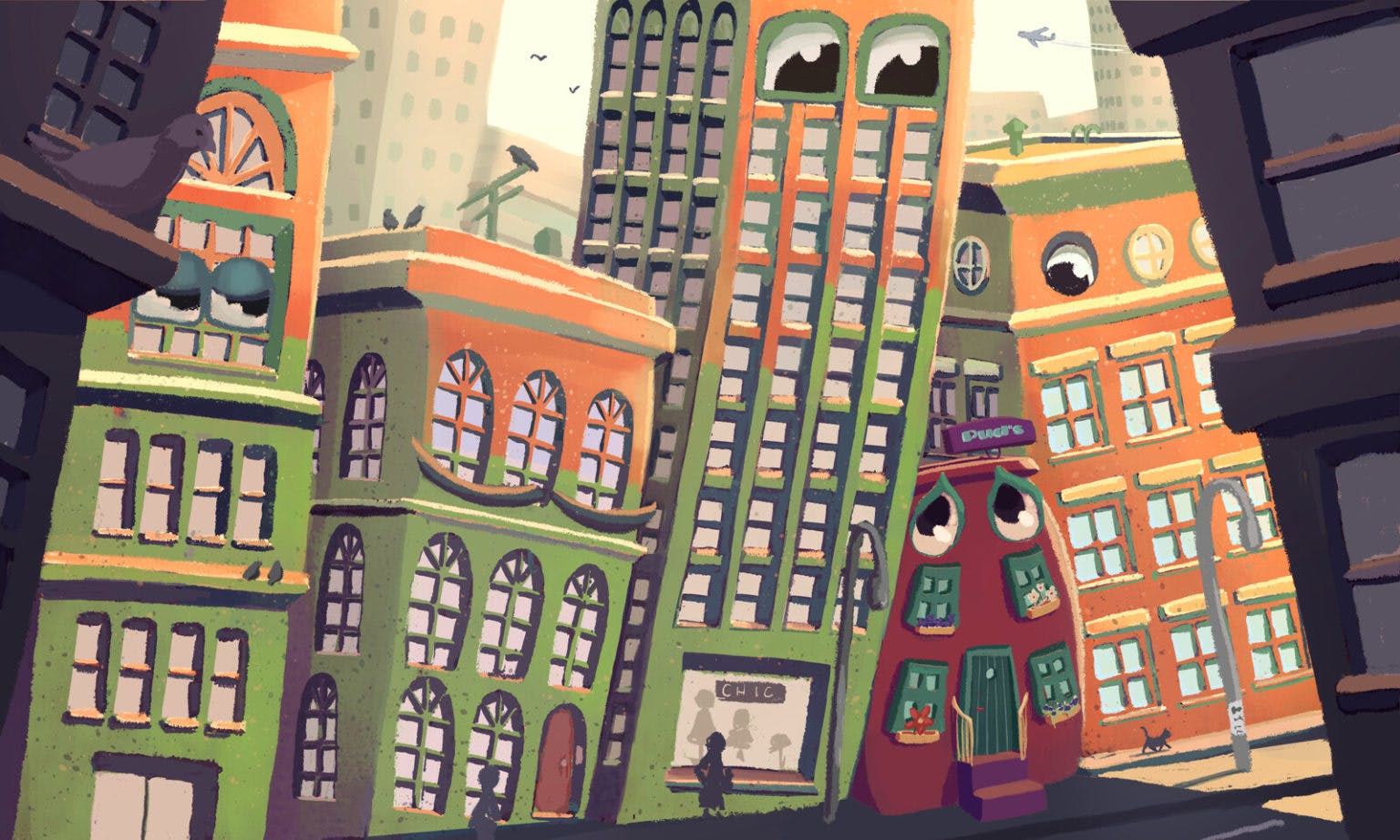
What does the illustration scene look like in Germany? Is it exciting?
Sonja Muller: When I started drawing, COVID was on the rise, so I did all my research, courses, and networking online. Because there are so many amazing communities and schools in English, I naturally made contact with a very diverse international community and learned most from and about the US illustrators.
We have the Illustratoren Organisation (Illustrators’ Organisation) in Germany which is very active and does a lot for German illustrators. They have a mentorship program, where the wonderful Andrea Dölling took me under her wings. But I have yet to meet German illustrators in real life, hopefully at the upcoming Book Fair in Frankfurt, which I am looking forward to. I’d love to speak about it soon.
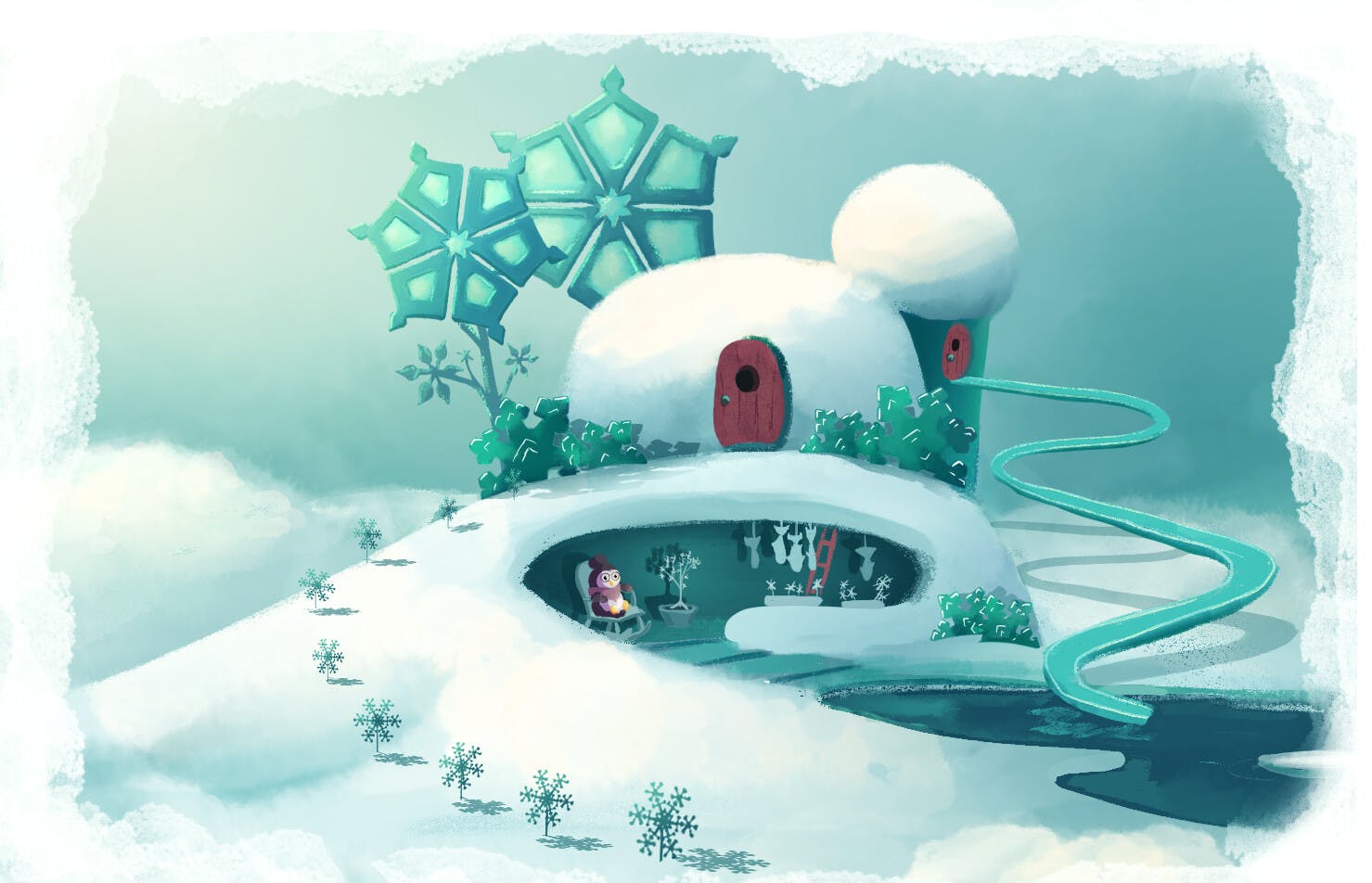
What have been some of your greatest challenges and lessons as an illustrator?
Sonja Muller: Being more comfortable with giving up some control and safety might be the biggest lesson. I am still working on that and I have been, for quite some years, even before I became an artist. Creating something and living off art, both come with a lot of unknown factors and you can’t just counter that with better planning. Well, to some extent, of course, so you can and should. However, the perfect plan doesn’t always lead to the best piece of art. Even with the best efforts, discipline, and planning an art career can be somewhat unpredictable.
I had to learn to let go of my need for control; to go with the flow of life and creativity. I also still feel a lot of pressure because I didn’t start studying art earlier. That is how it is, though, and I have other things I’ve experienced in my life that I can bring into my art. On good days, I am alright with a turbulent life full of surprises and challenges. On other days, I focus on learning to cope with the challenges this life brings.
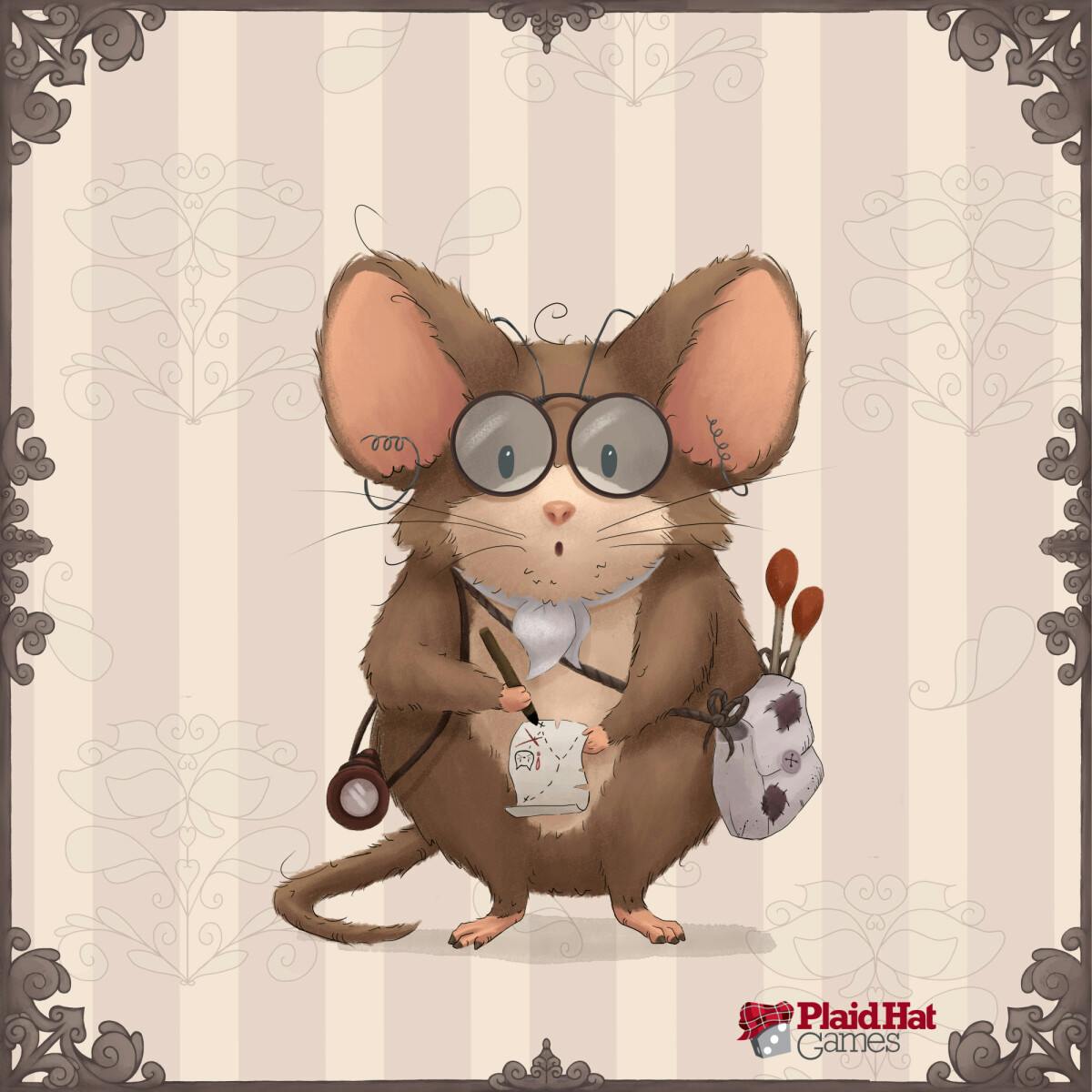
Which technical skills do you feel are essential to master and how do you personally improve on them?
Sonja Muller: I would say, the most important thing to learn is to see – to notice the essential parts of what makes a subject or situation special. Trying out new things, subjects, media and styles can also open up creative options you would otherwise not have thought of. Which skills are most important to work on is different for every artist, though.
At any given time, I focus most on aspects that I think make a big difference even while, at the same time, I may be the worst at them. For a long time that was light and shadow colors, in my case. Then I worked on my perspective. Right now, I try to improve the shapes I use and to use them more deliberately.
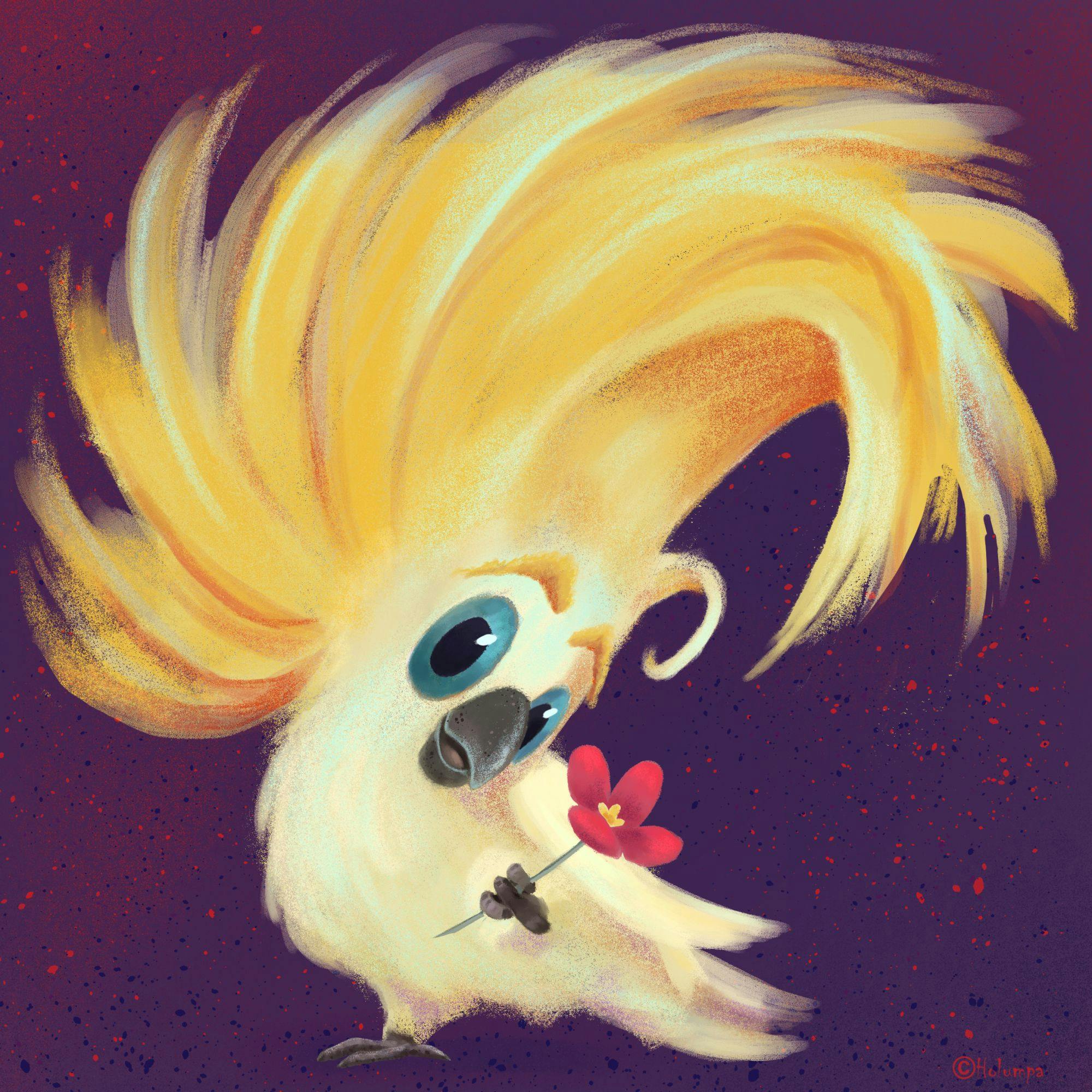
Which technical skills do you feel are essential to master and how do you personally improve on them?
Sonja Muller: I’m not sure if I am in a place advise to others. Yet, one thing comes to mind that I so often notice when I speak to other artists who are starting. Many of them put a lot of pressure on themselves to practice the basic skills in a very stringent and monotonous way. For example, doing figure drawing for an hour; then turning cubes in space for an hour, and so on every day. That wears out most people fast. I believe it is better to try and implement these practices in pieces you care about over the long term.
Combine creative work in the sketchbook or for Instagram posts with one aspect you want to practice. Keep your passion for art alive through the process. Thank you so much again for the interview and for including me in this beautiful community that stands for all the good things in the art world!

